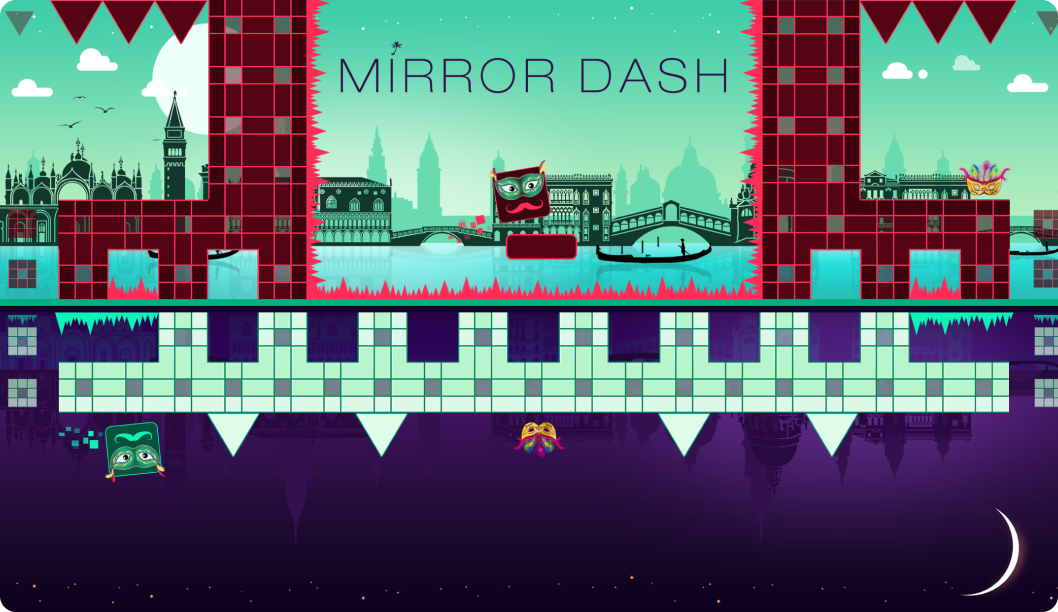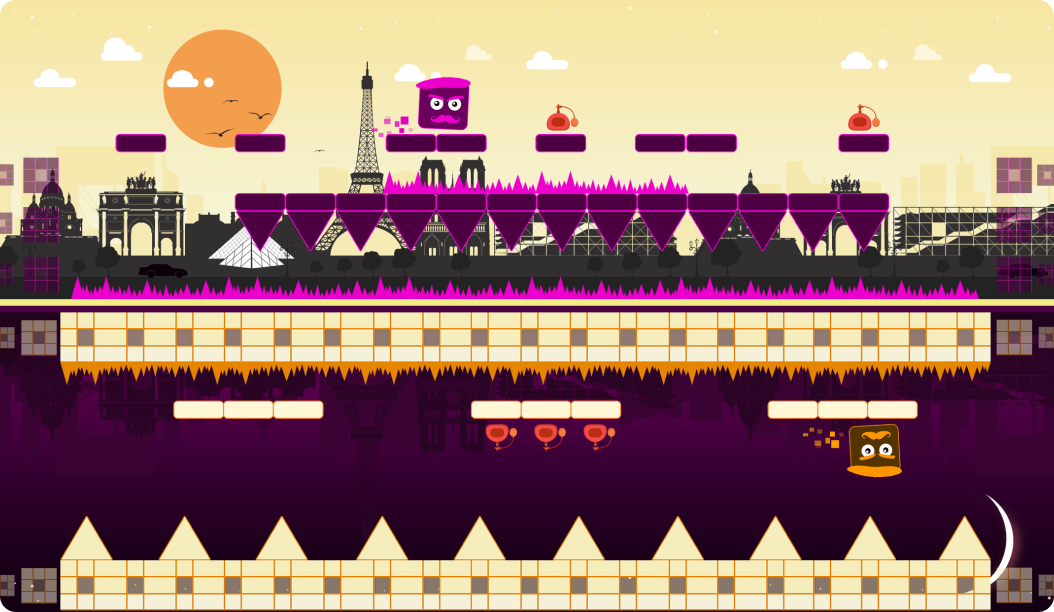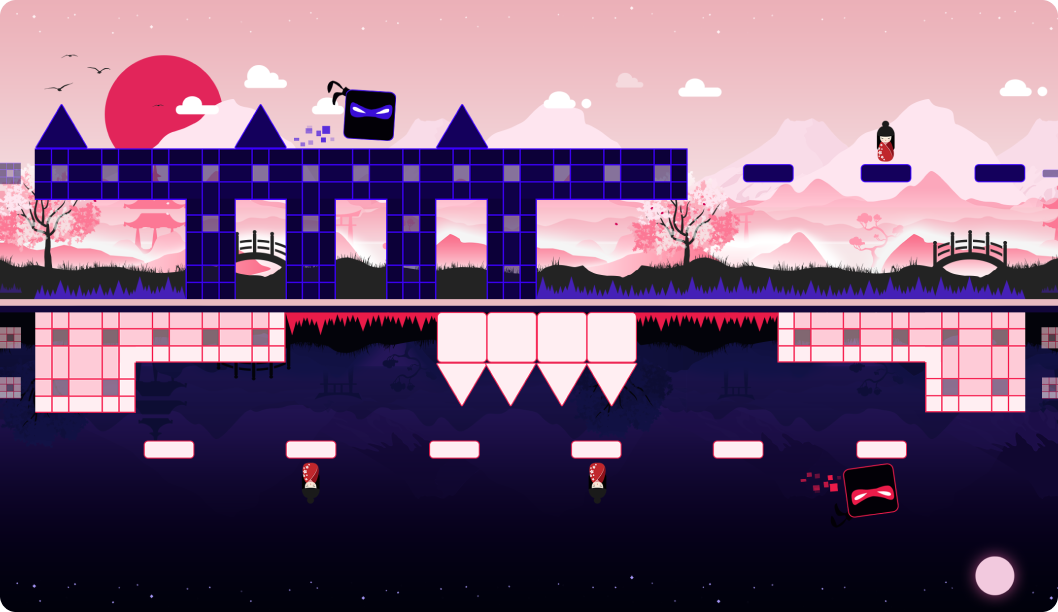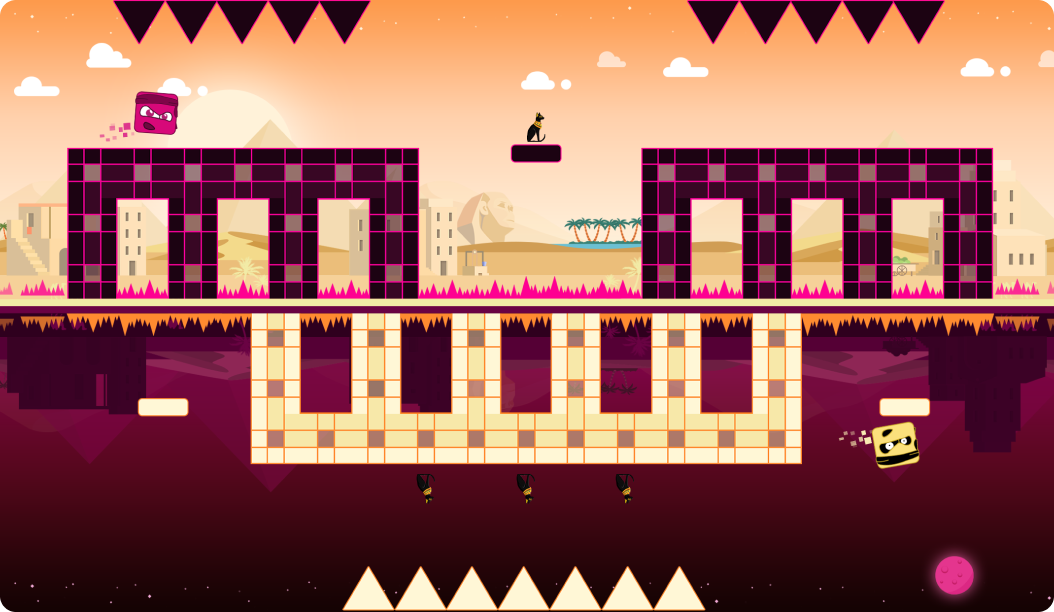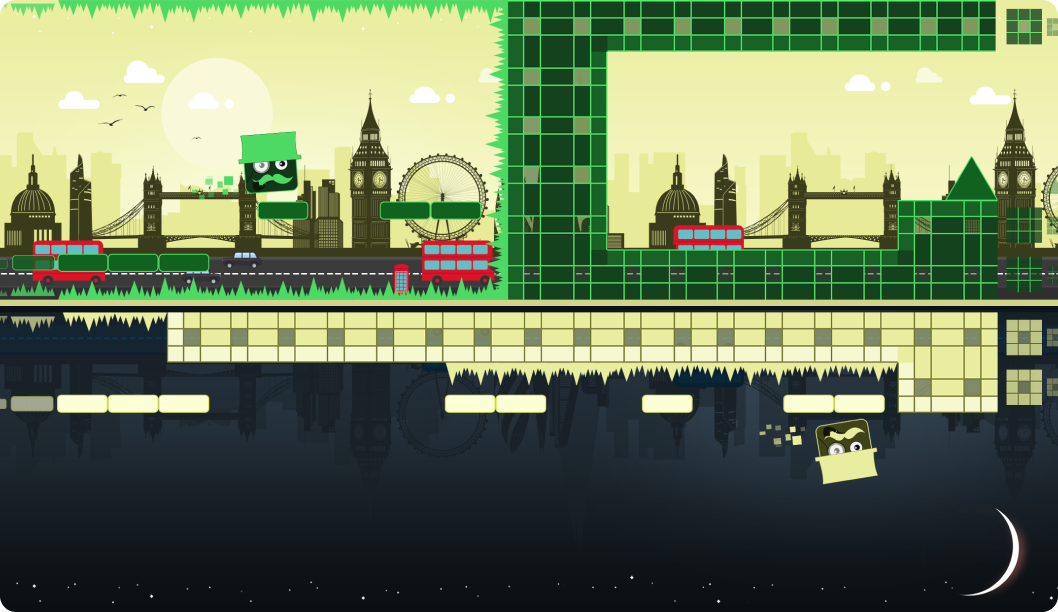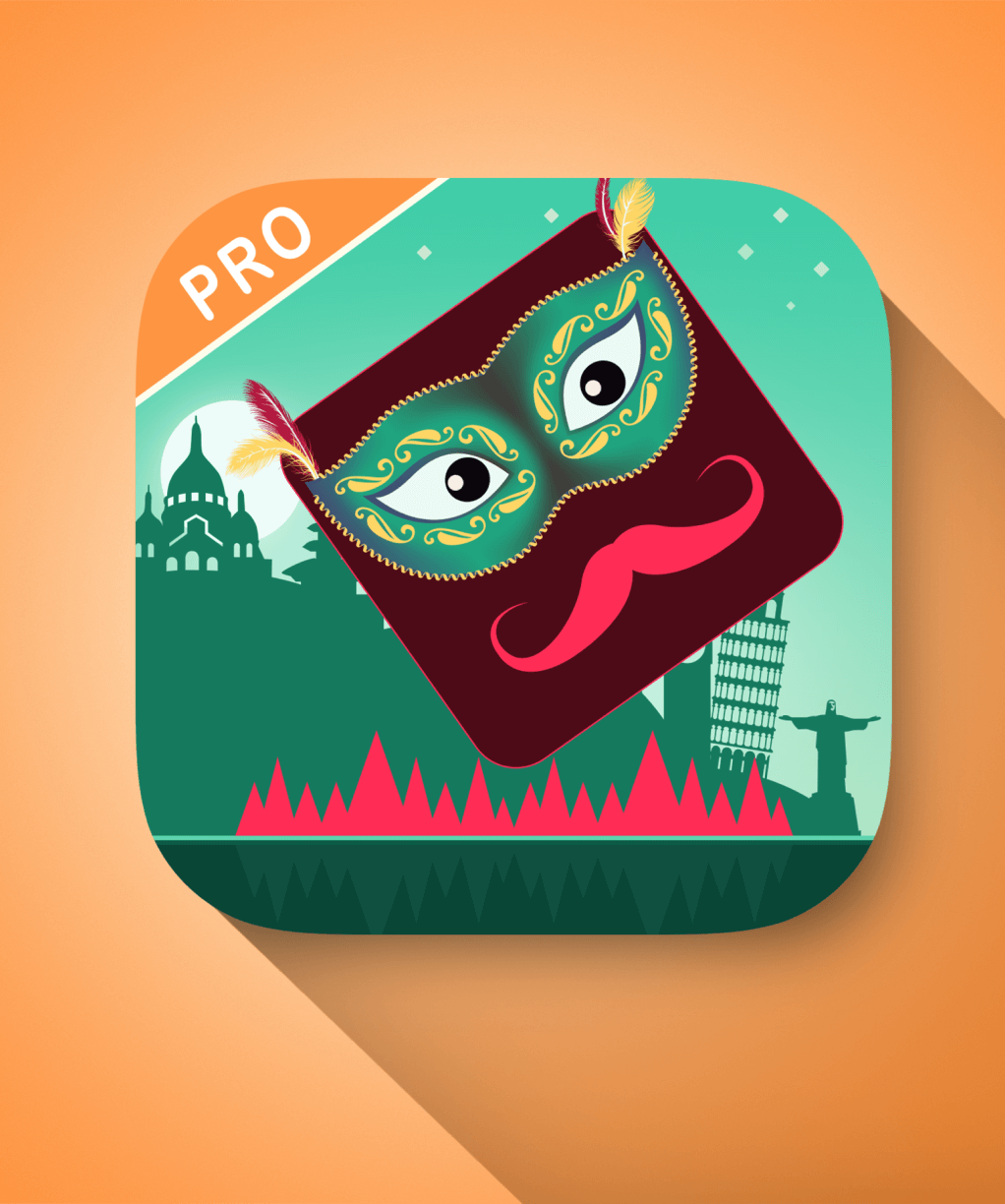Mirror Dash
Novo Games • Designer • 2016 - 2017
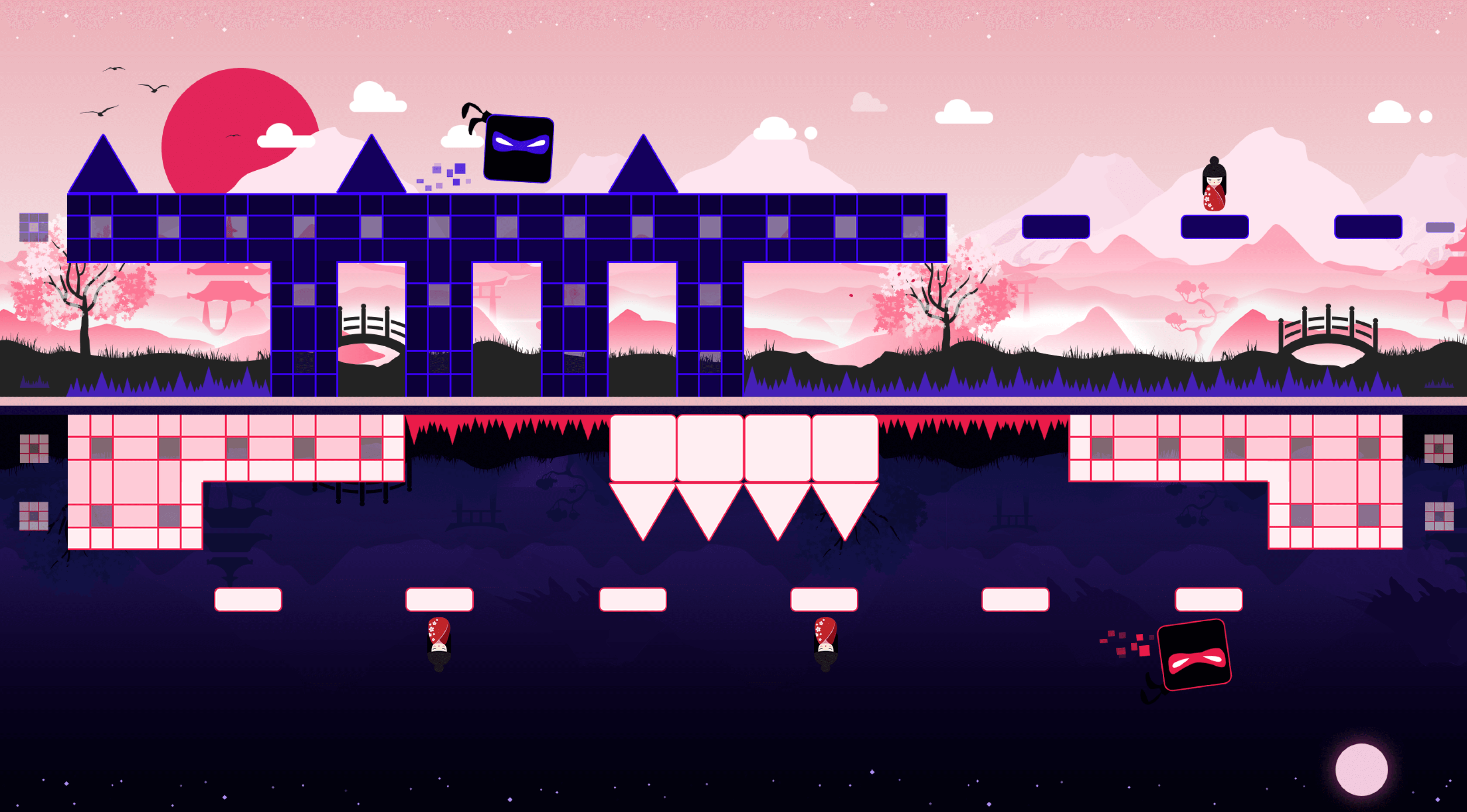

01 OVERVIEW
The project
During my university years, I had the opportunity to join a game development incubator and start Novo Games, an indie game development company. After a few failures and many learnings, we came up with Mirror Dash, a 2D arcade mobile game which was intended to be a travel game focused on the idea of a mirrored reality. The core mechanic is based on an easy to learn but hard to master two button system, one for teleportation into the mirrored world and the other to jump over obstacles.
My role
Being the co-founder of the company and sole designer, my role was quite diverse. I’ve done pretty much everything that is involved in a start-up environment. For this specific project, I worked on developing the idea of the game, designing the concepts, game mechanics, testing the game with users as well as creating the final design and aiding in the full development of the game. Basically I was responsible for anything design and user experience related. Of course I was also involved in the marketing and business side of things to make it commercially viable 😆.
Results
We created a fully functional, beautiful game that was published on the App Store and Google Play, without any prior knowledge into game development or gaming industry
The game was featured by Apple on #1 position in the Arcade and Dice categories on the launch date
We managed to get over 10,000 users
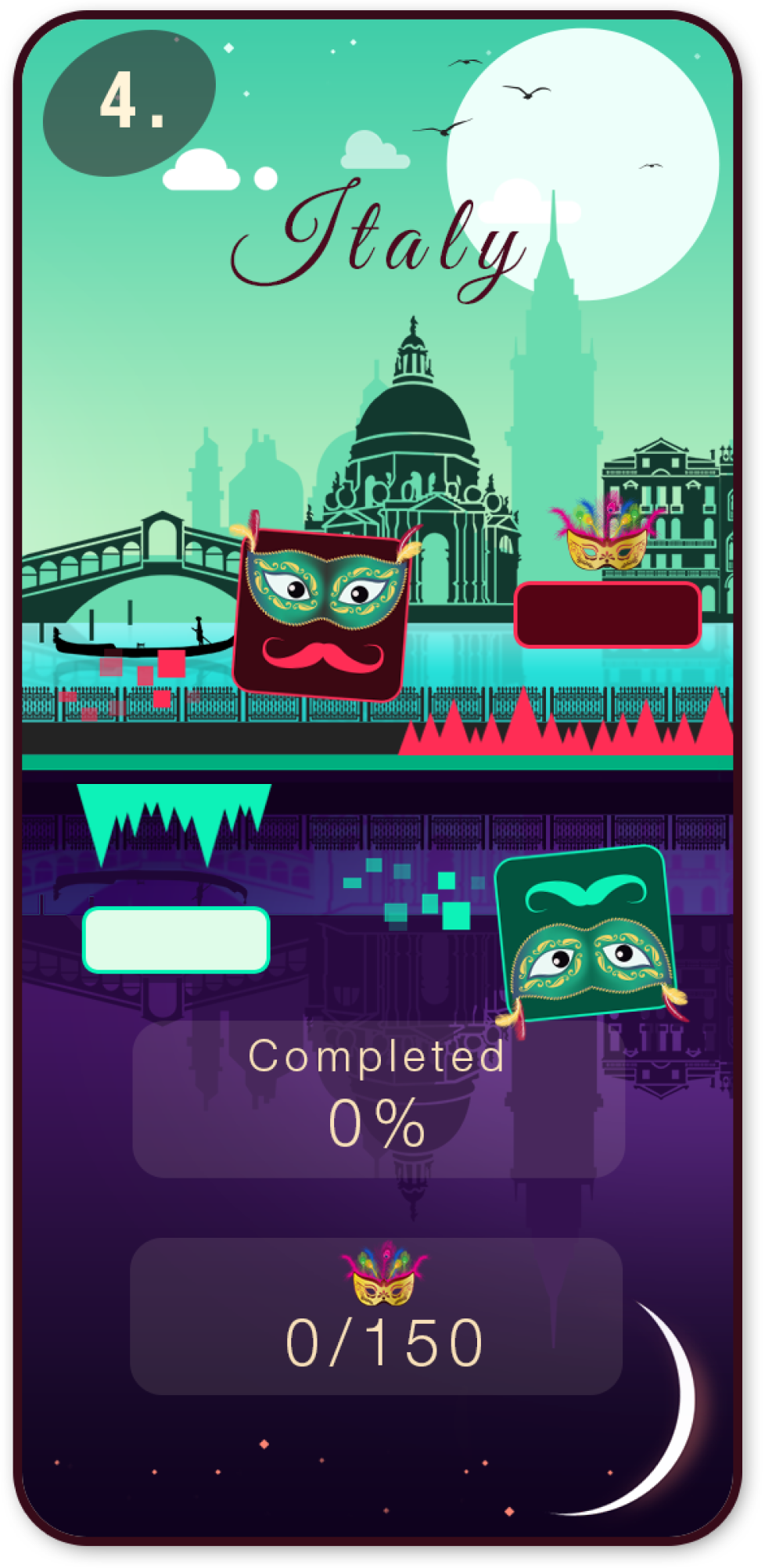

03 PROCESS
Design process
I will try to give you a little bit of insights into the process of developing this game, but let me tell you, it was far from linear. We were a group of university students without much knowledge about anything but very excited to create something cool.
First, we just tried to define what type of game we are going to build. PC game maybe? Mobile game? MMORPG? Shooter MMORPG? We had too many questions, very few answers. Our luck was that being part of an incubator, we had the immense luck to interact with veterans in the industry, from Square Enix that created the Tomb Raider to people that worked on Fifa games.
Once we had some game ideas, it was time to discover which one was feasible based on the skills we had and also come up with something somehow unique to the market. I started using Unity also and tried to develop some little games myself. We also asked a lot of people a lot of questions.
After we had the “data”, it was time to analyse what we got and make some decisions to move forward. We decided to make something simple, a 2D arcade game that can be published on mobile phones, avoiding pc games like plague because they were far too complex to create. At this time, I was using Photoshop so I started designing some rudimentary 2D concepts.
The fun part was when we started the development of the game. It was a mess, but it was fun! This is where we tried and tested ideas like crazy. We just wanted the perfect game. After about a couple of months, balancing the university work too, we came close to a finalised game, ready to be released into the world. It was to our great surprise when we found out that after the release, we were featured by Apple. That was a big objective of ours and we achieved it 🥳.

Discovery
The process of discovery was so literal in our case because we didn’t really know what we were doing and we didn’t really have the skills to do that thing either. So we tried as many avenues of discovery as possible, from talking to other indie developers, industry leaders to just starting experiment on how to create a game using Unity.
But we didn’t want to create just a game, we wanted to create something unique. To do that, we had to discover who our competitors are. We did solid investigative research (by playing a lot of games 😏) to try to understand what makes a game successful and how we can replicate that. We needed something different, but also familiar to be accepted by our target audience.
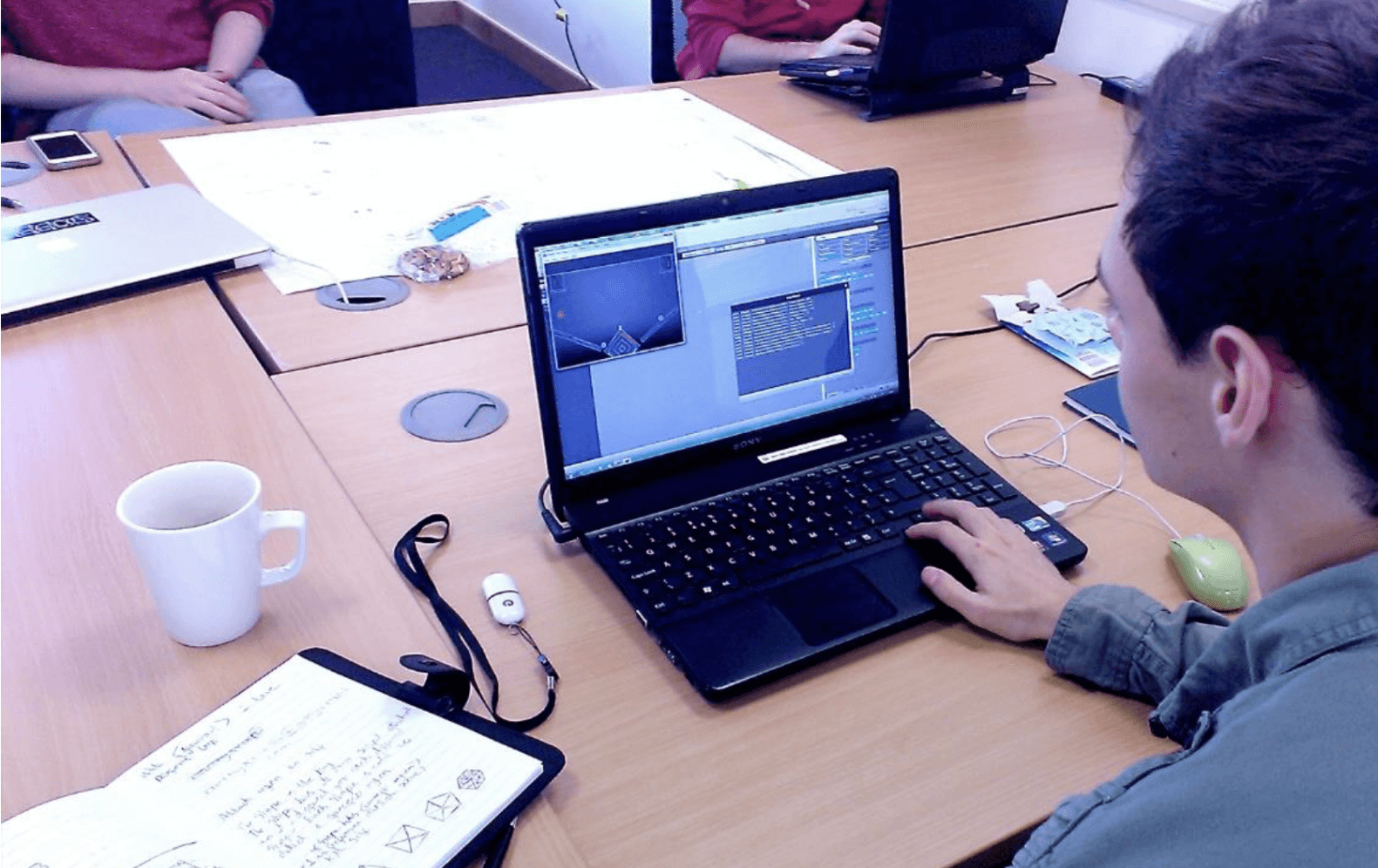
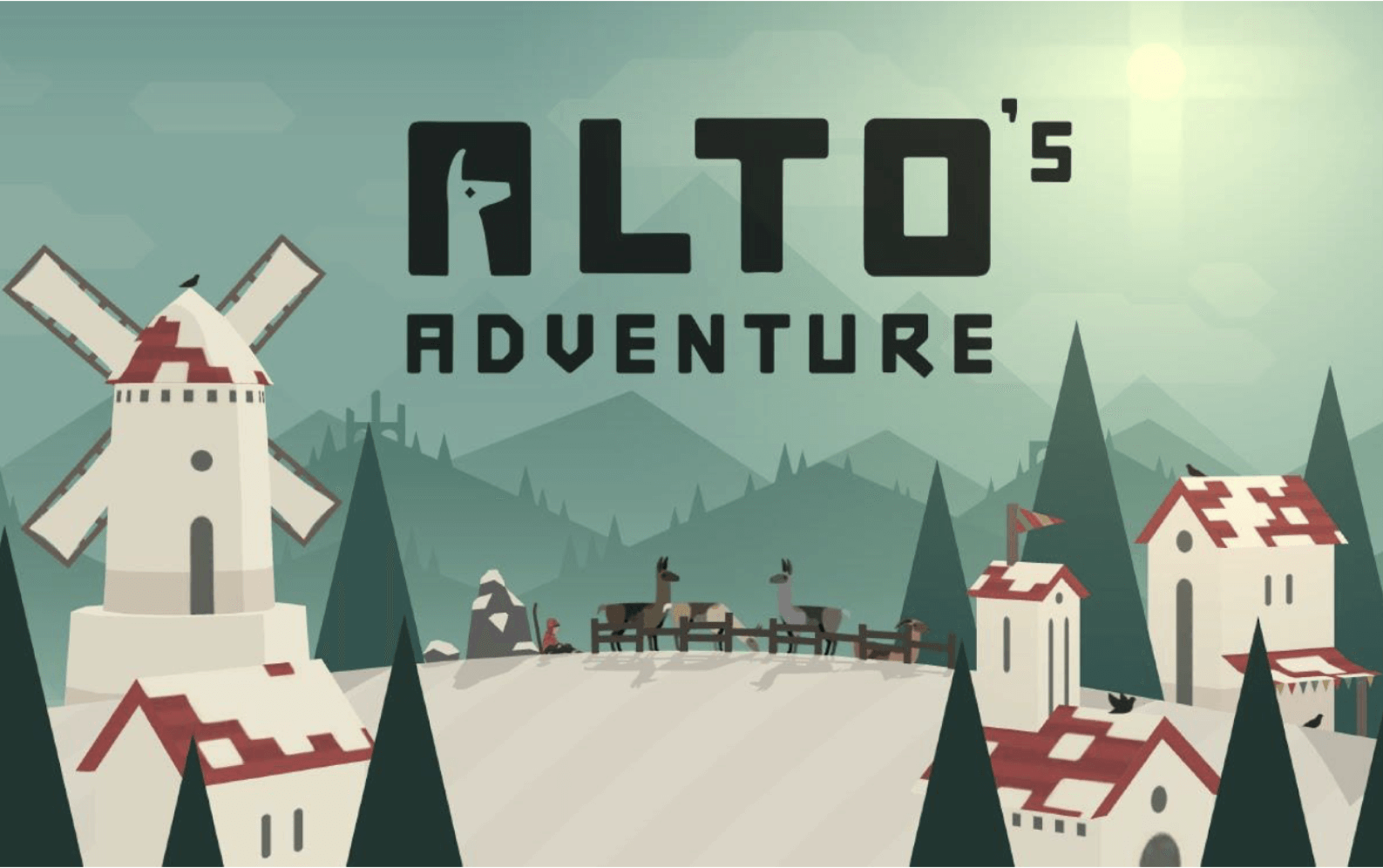
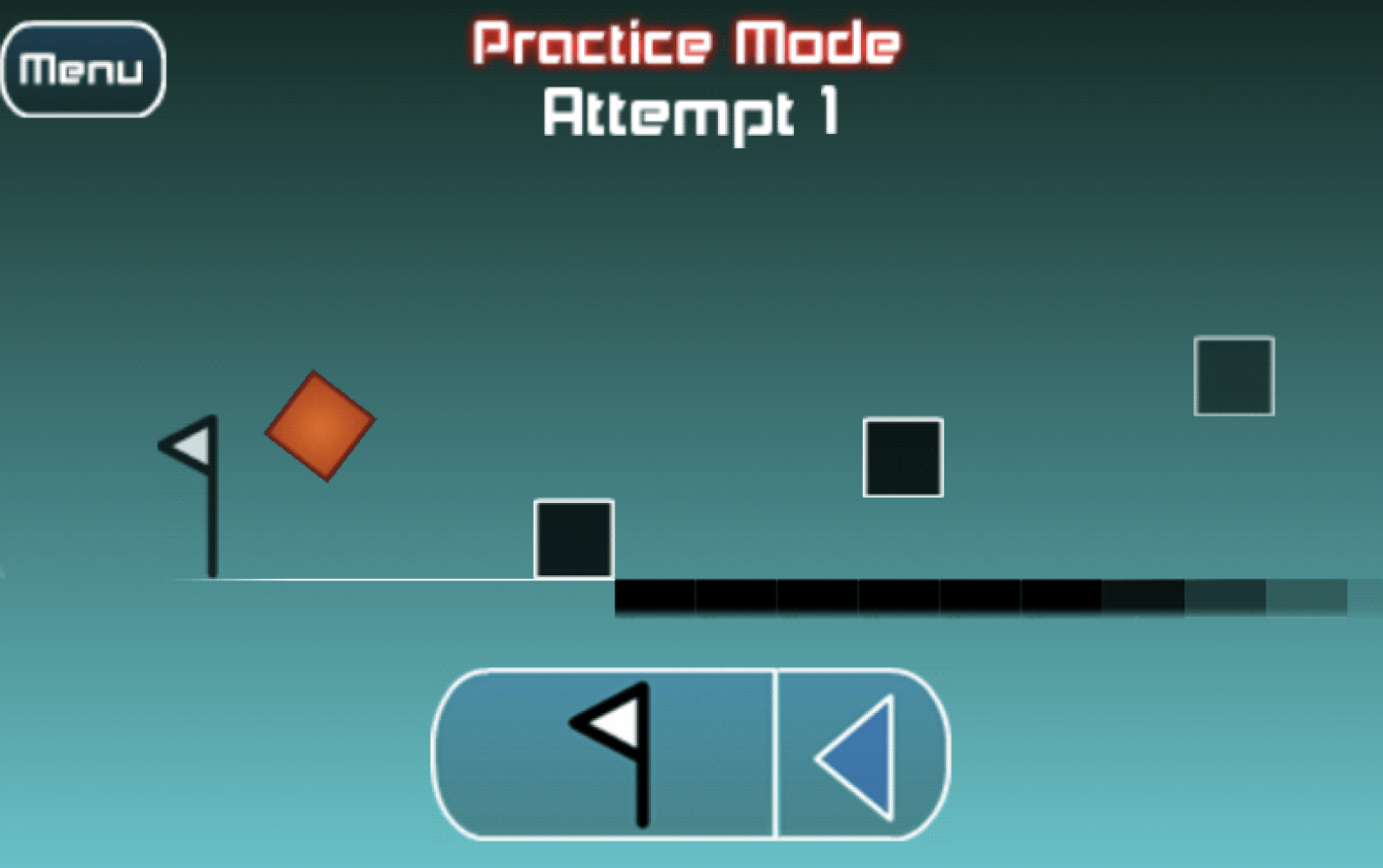
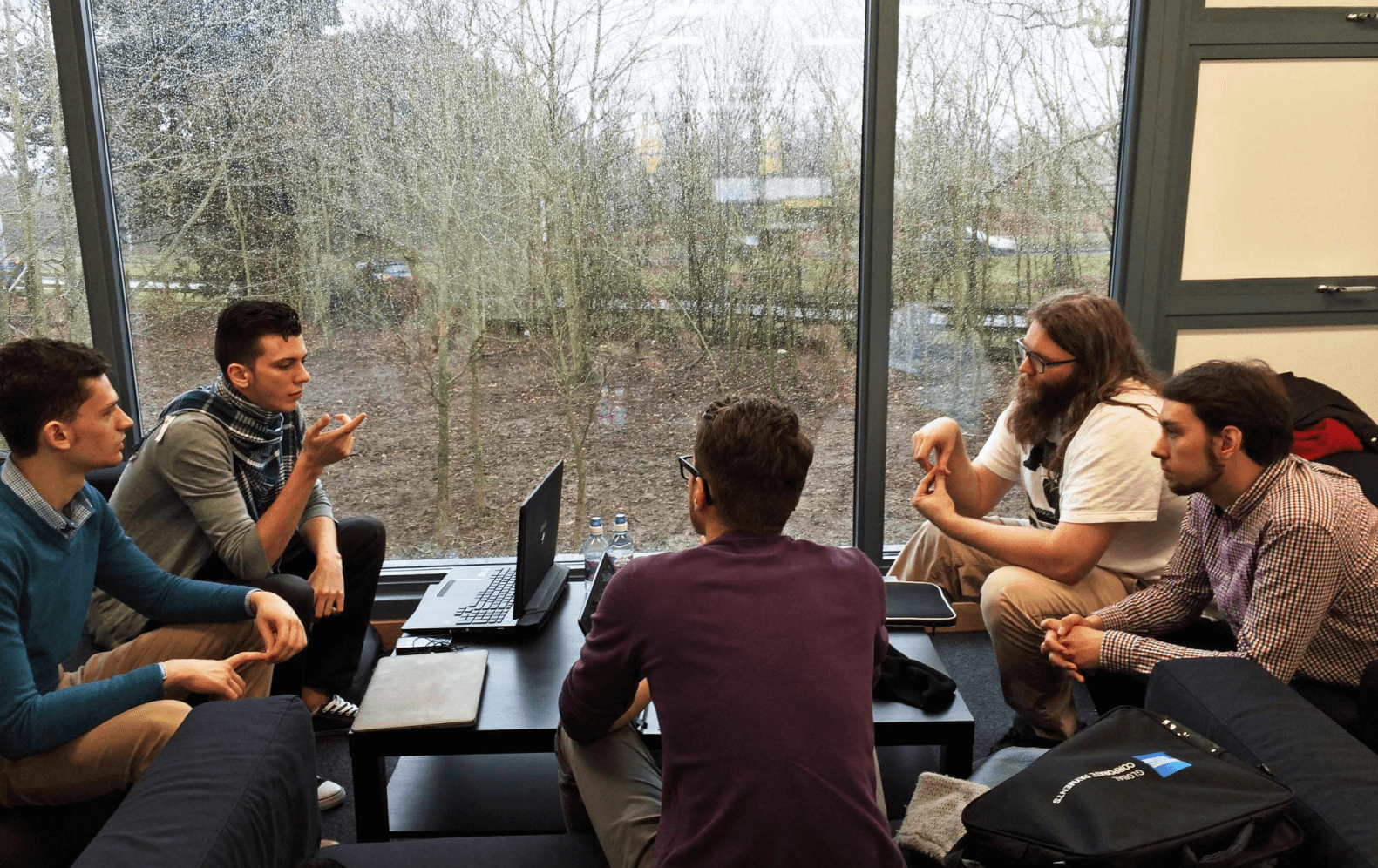
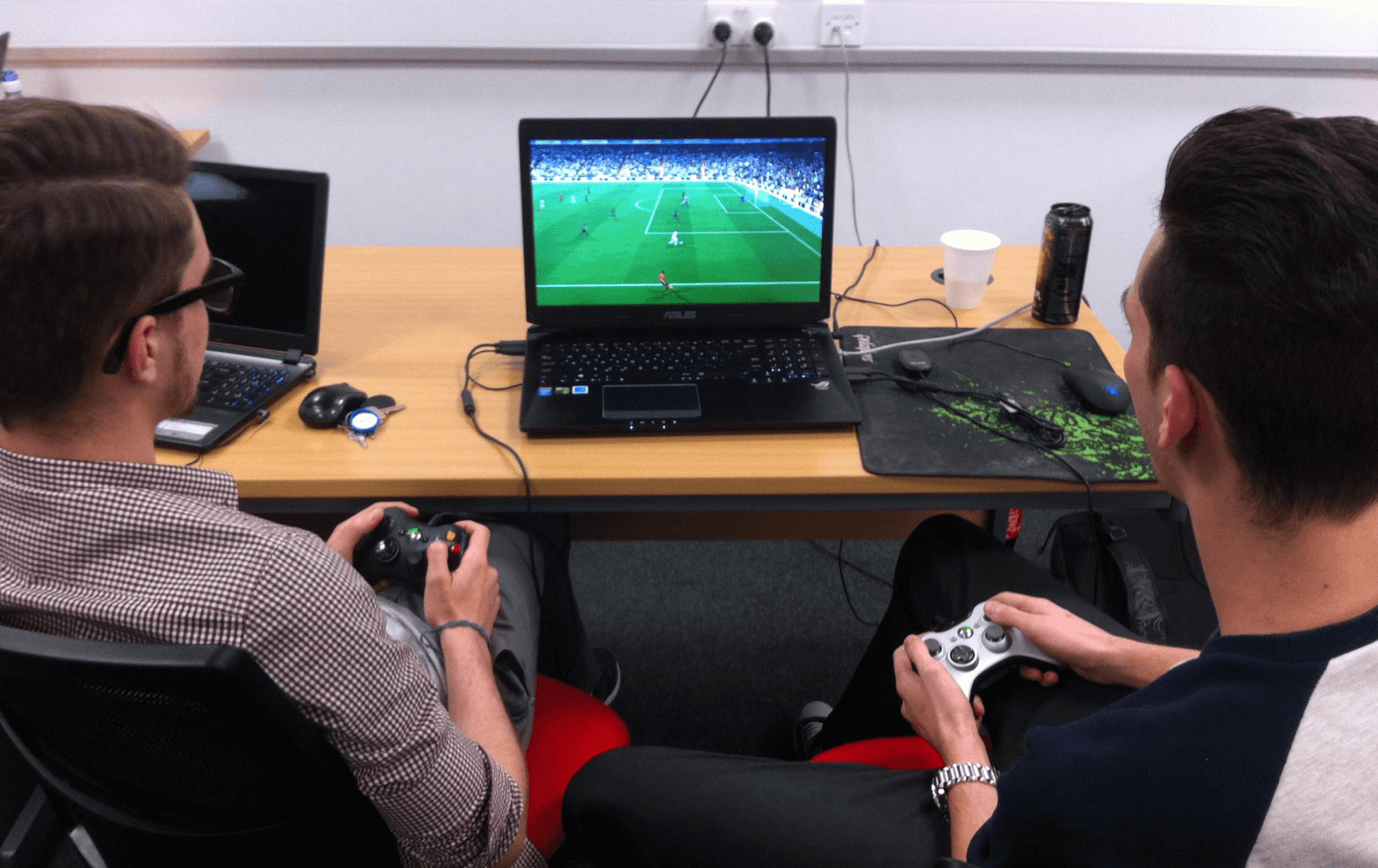
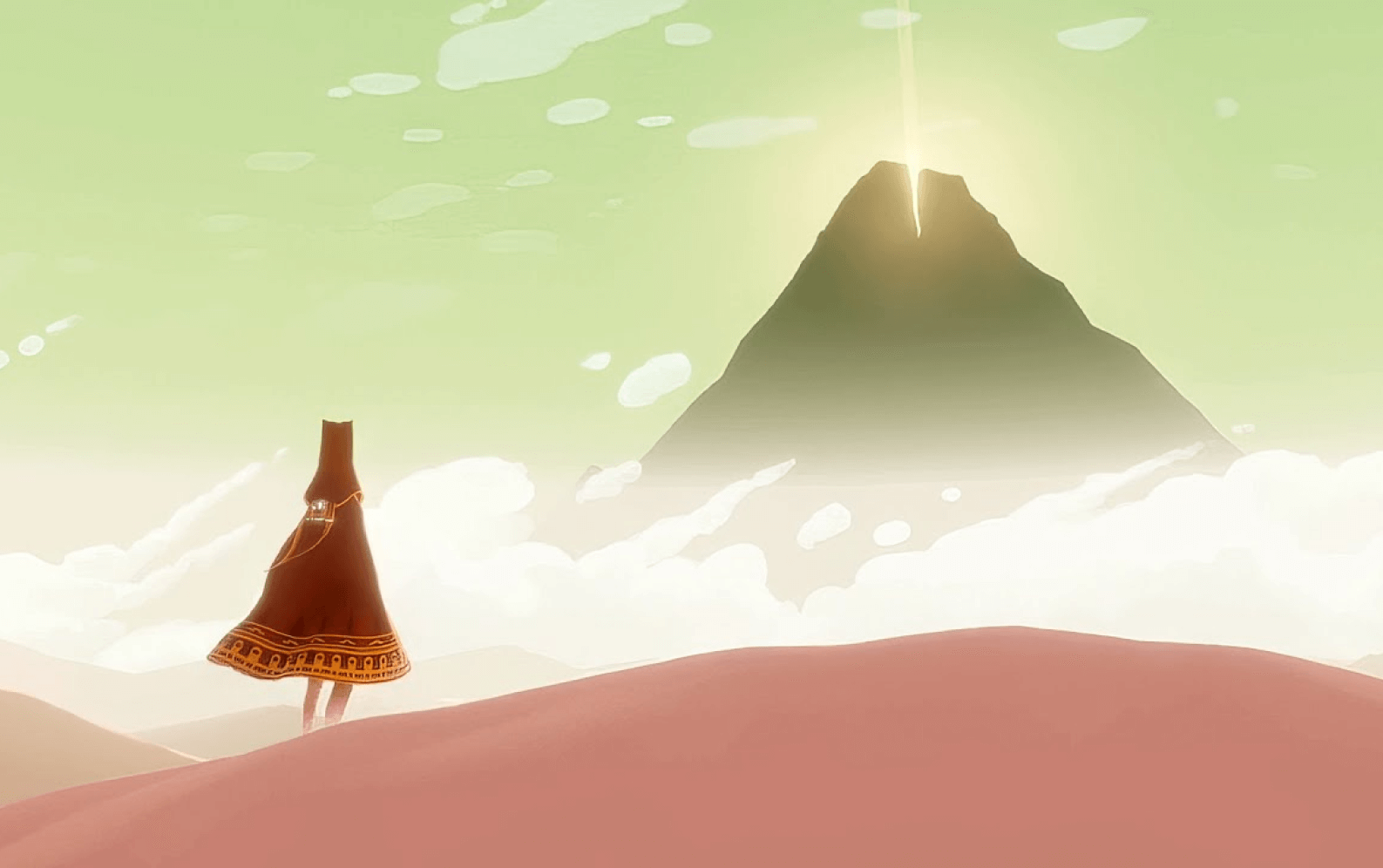
Ideation
After playing and talking so much, it was time for us to start building this game. By this point, we had a game direction and the basics of the game mechanics. We wanted to keep it very simple, but challenging. To give it a little bit more shape, I started creating some concepts on paper and then tried to translate them into some form of design in Photoshop. Meanwhile, the developers started working on the implementation of the mechanics of the game in Unity.
Initially, the game was not supposed to have a travel theme, it had colour based backgrounds and it looked pretty dumb. However, with more experimentation I started to really like the idea of using small and subtle 2D world elements to make up an environment. I started with an Egypt theme and it grew from there.
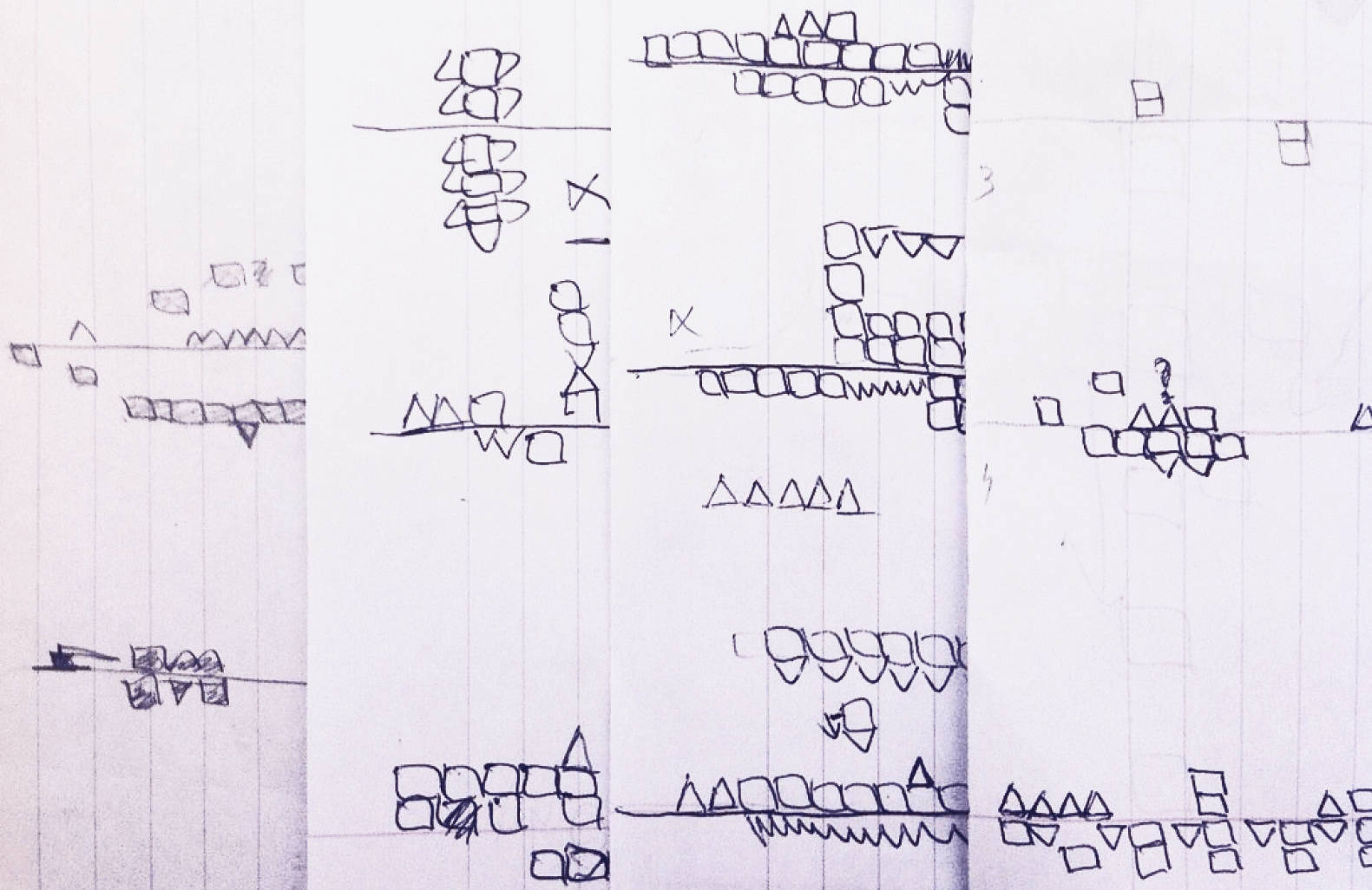
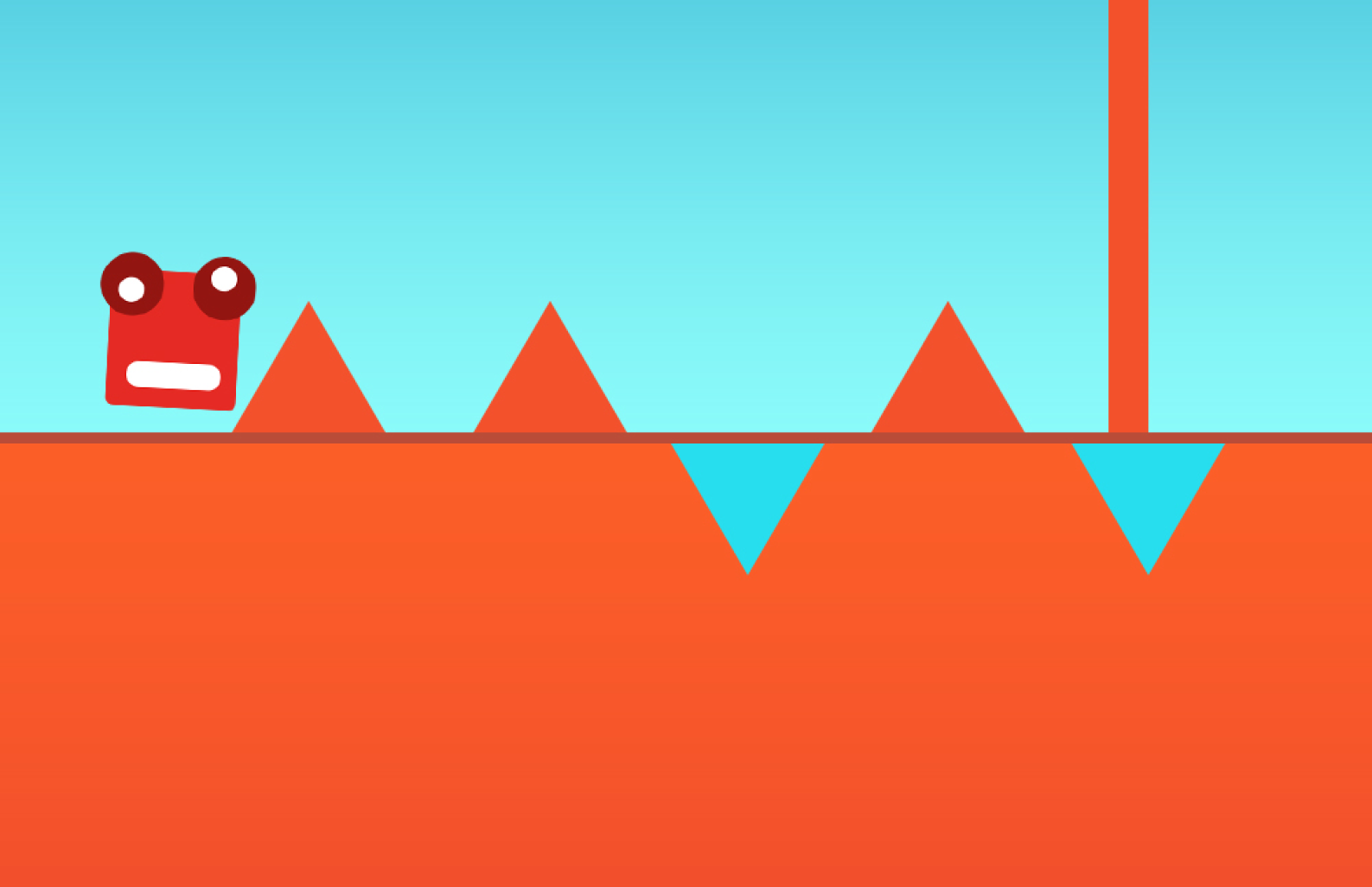
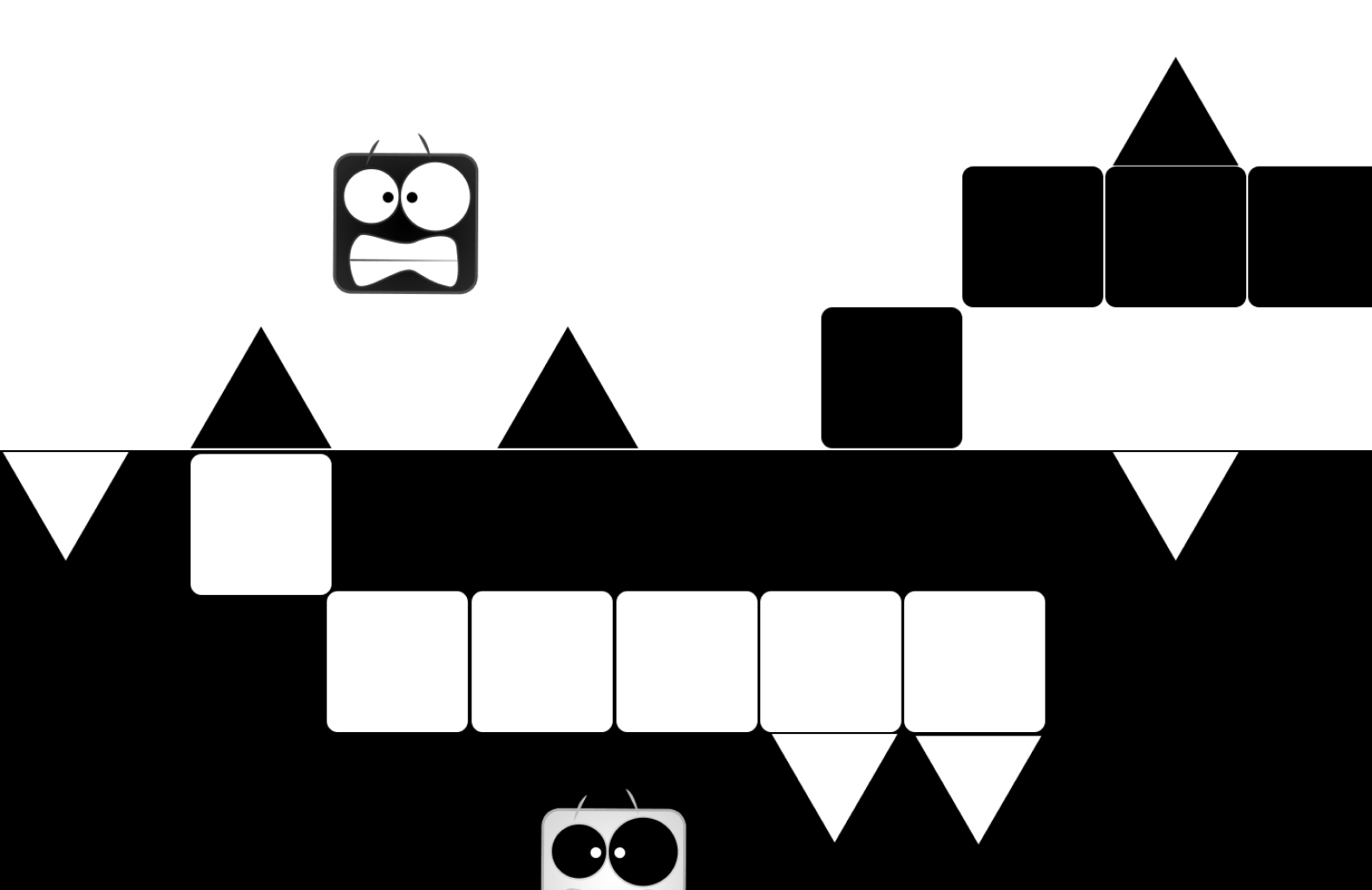
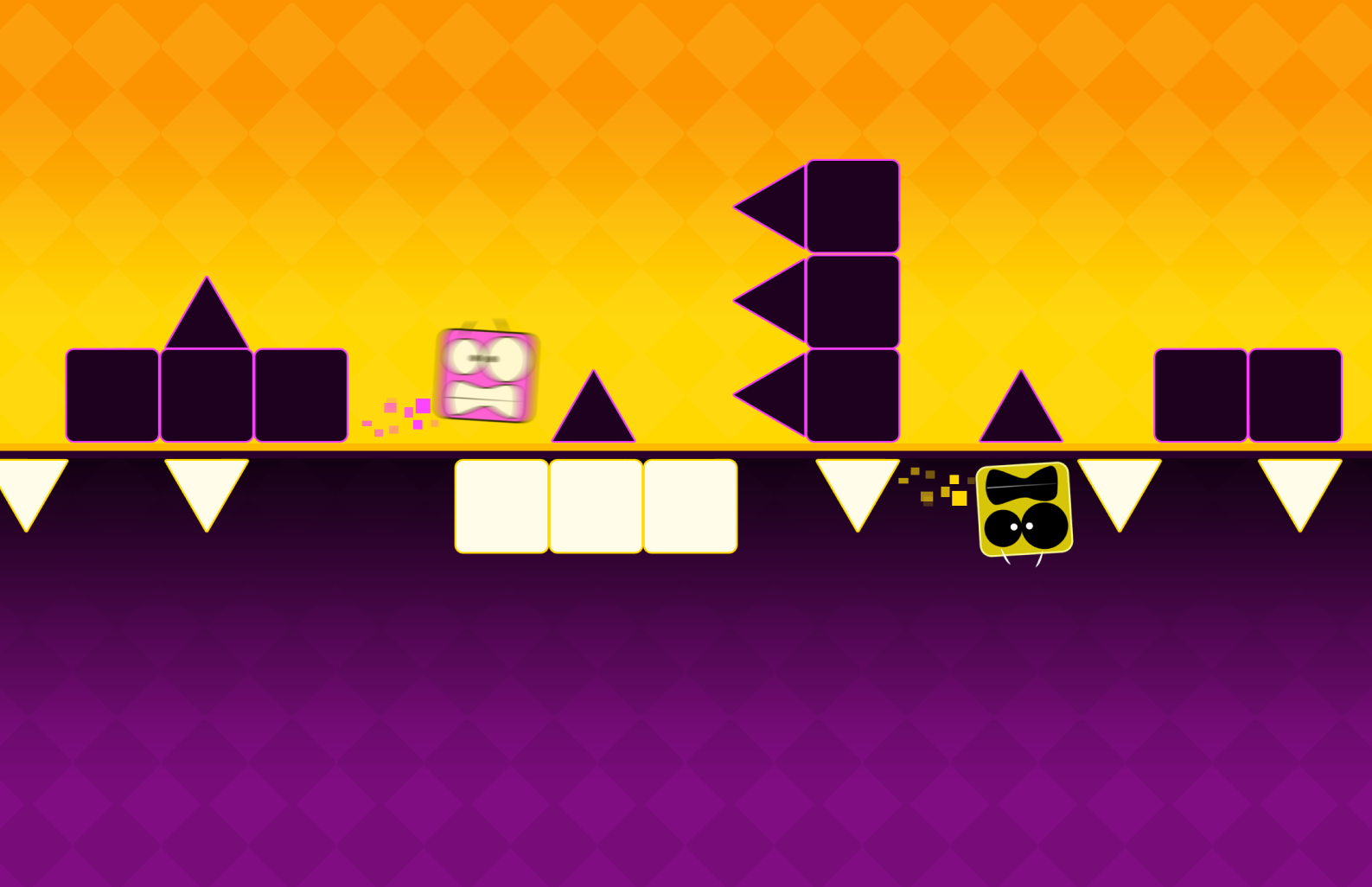
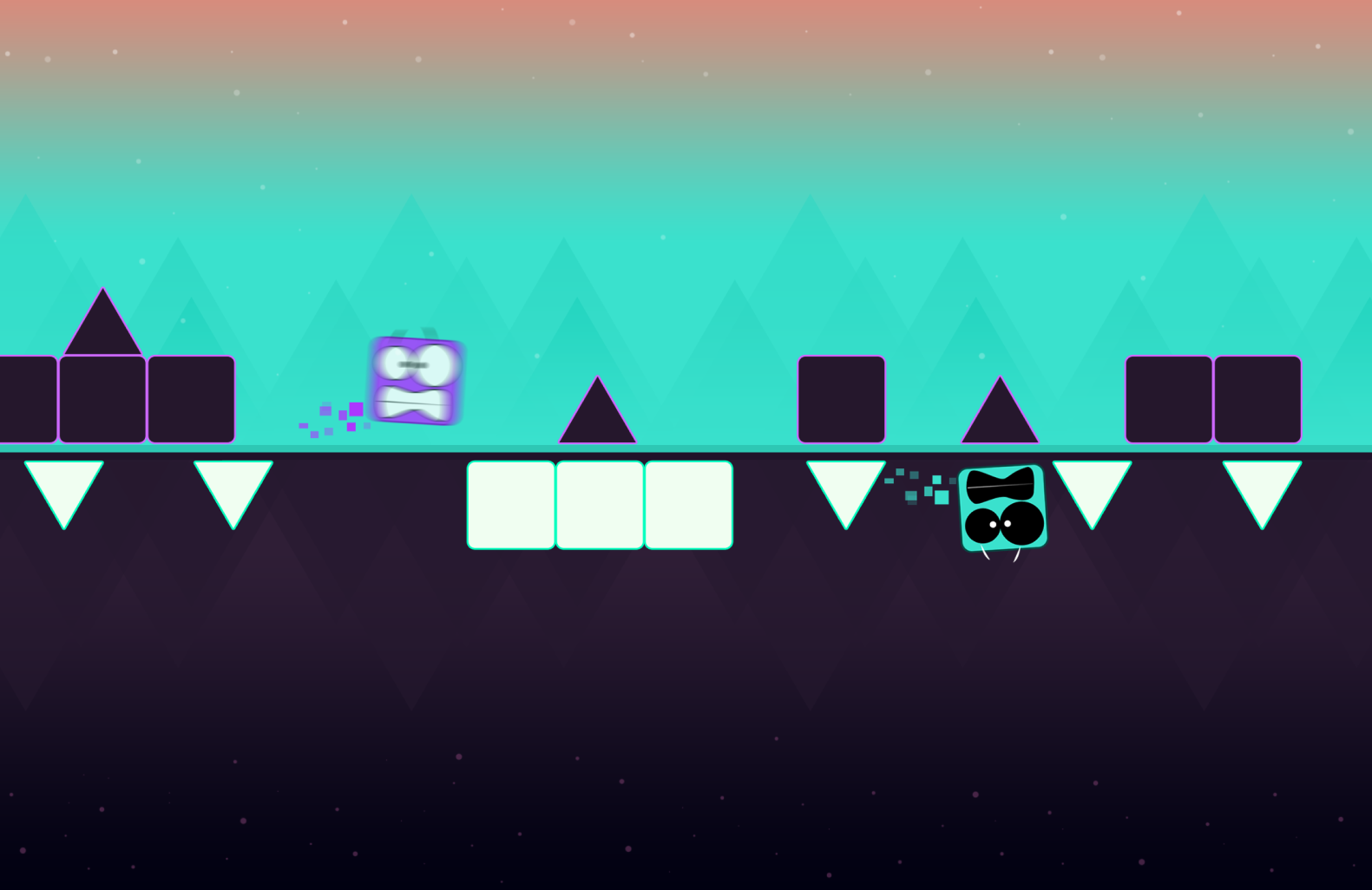
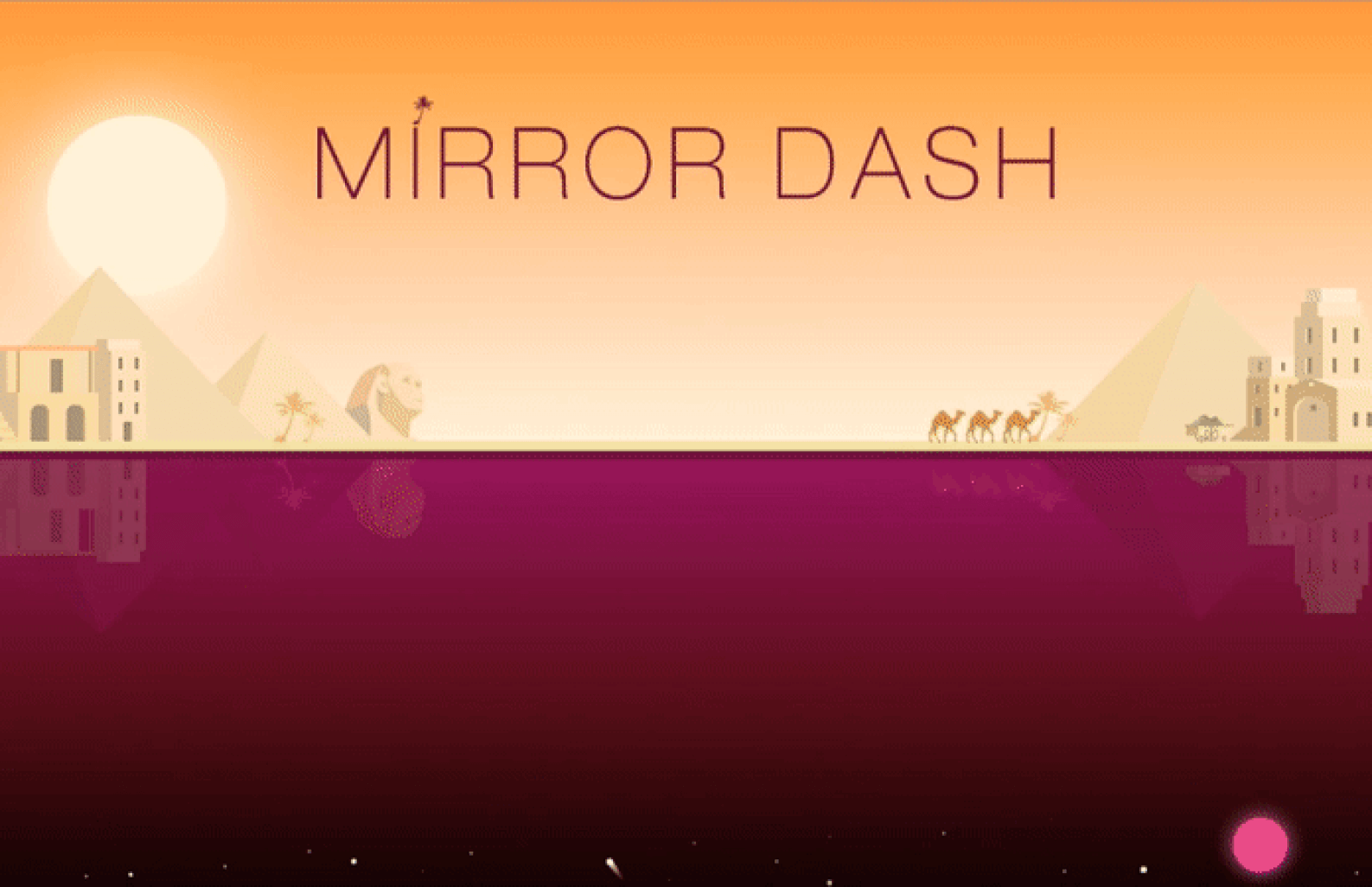
Environments
Once I had a rough idea of the art direction, I started to get more into the details. Initially we wanted to release the game with an Egypt theme only, but we quickly realised the game will get pretty boring after playing for a while. So we decided to go with a travel theme and create more environments. We did some polls on twitter (like every respectable company would 😌) and Japan, France and Italy won the popular votes.
To get colour and styling inspiration, I probably saved and looked through hundreds of images of different other games, things related to that specific country and things that were totally unrelated but had the type of colours I was looking for. By this time, I was already dreaming in gradients, literally.
Every environment is made up from a group of layers. Each of these layers had to be cut down and imported to Unity to help in generating procedural sequences as well as a parallax effect in the background.

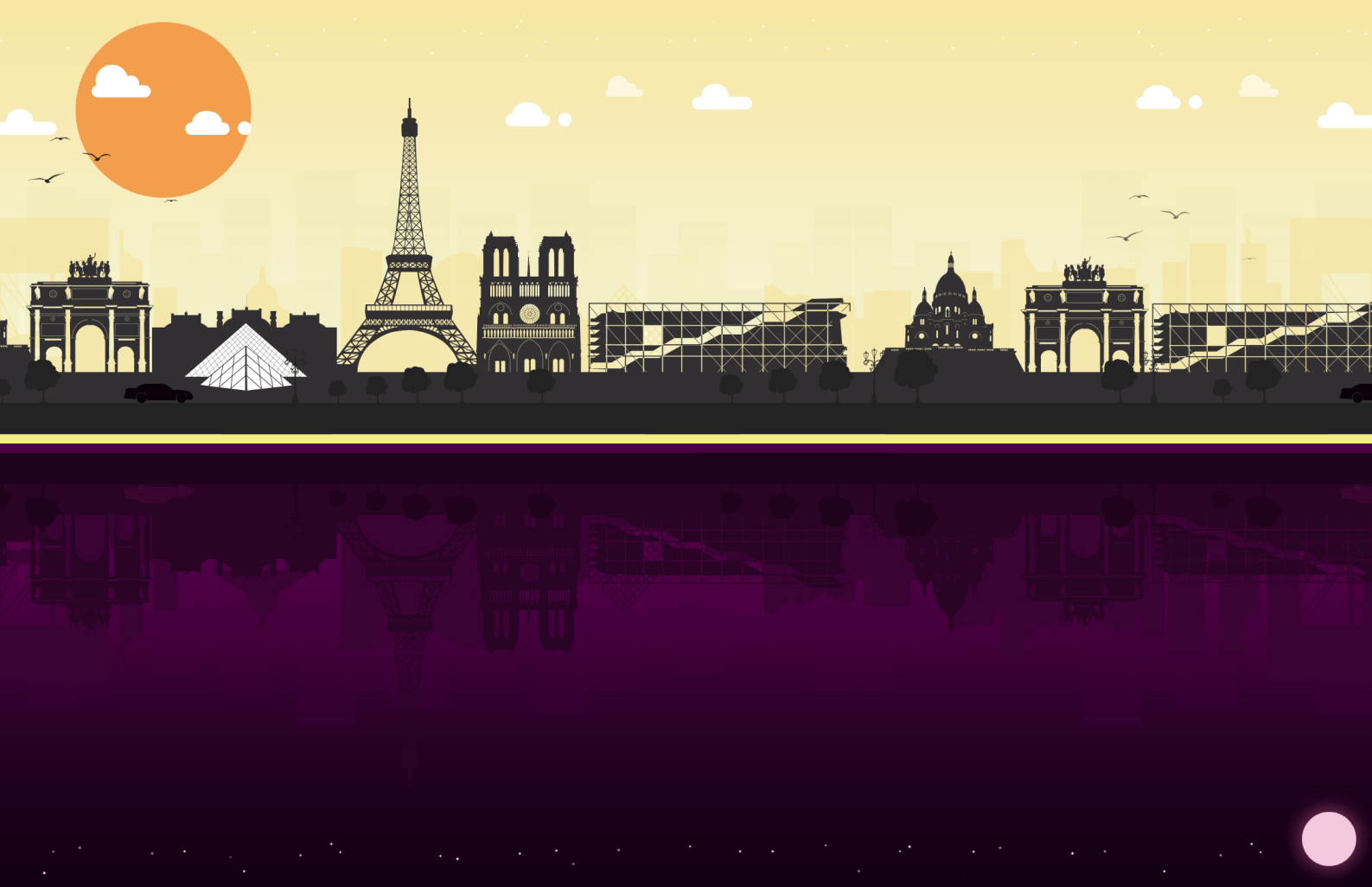

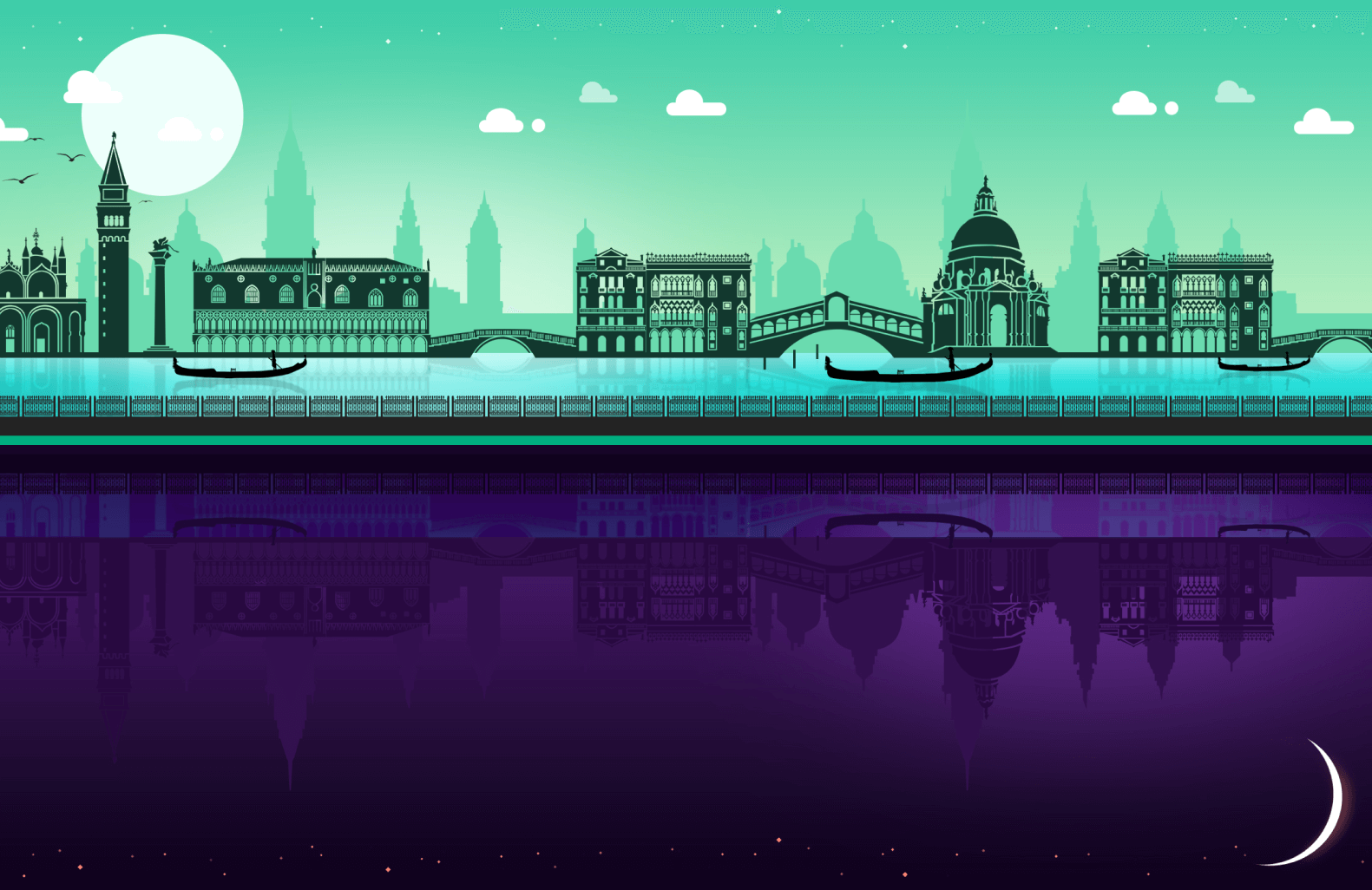
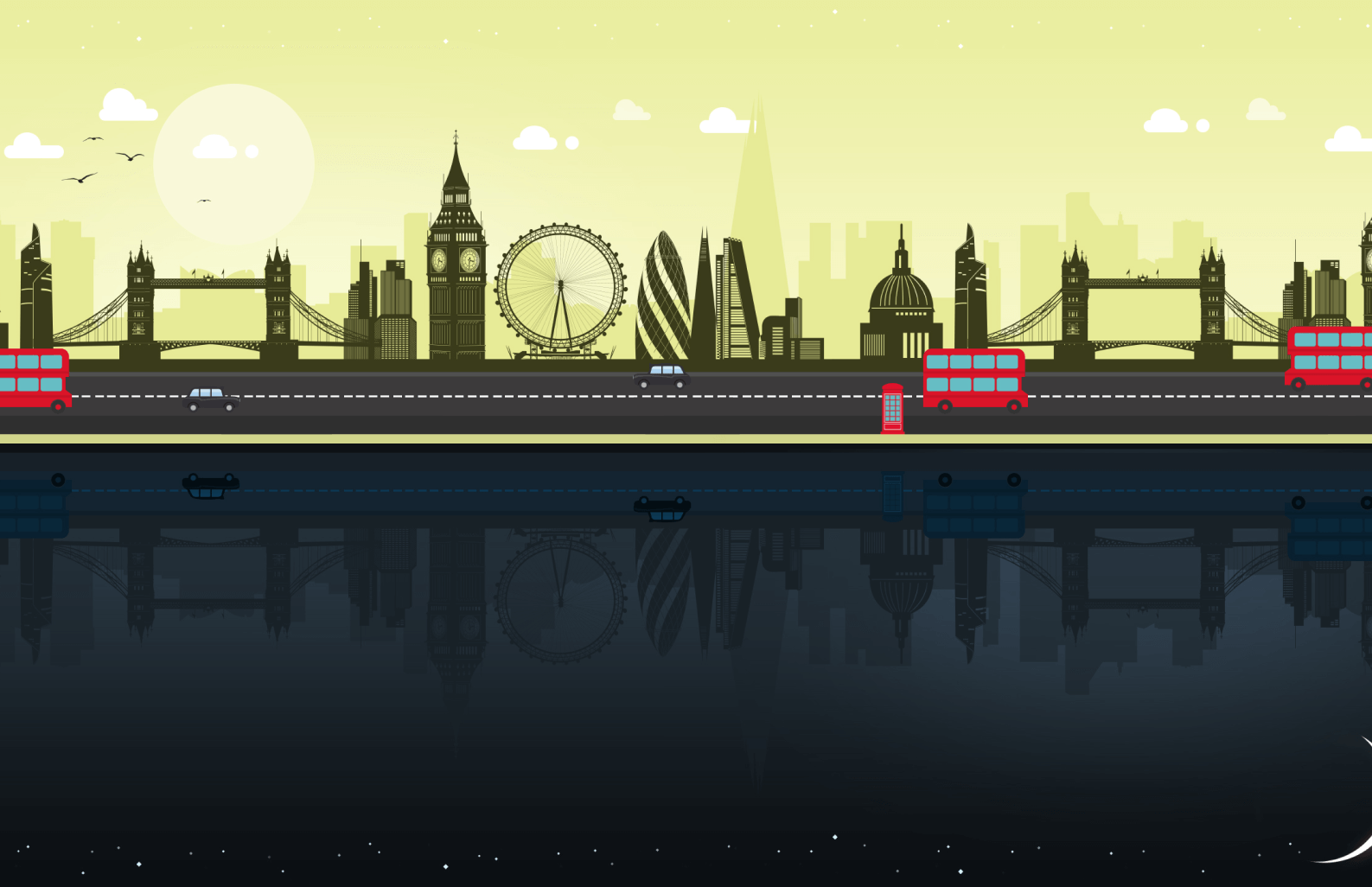
Mechanics & level design
There were two main game mechanics that we included in the game, the jump and the teleportation to the other world. The basics of these have been implemented pretty easily since the first few game iterations, but perfecting was the real hassle. We needed some juice to these so we added things like character rotation after a jump or a constant jump while you kept your finger on the screen. For the teleportation we added some smooth fading transition like a “puff” and a nice sound to go with it.
After we had all these building blocks ready, like the art direction, environment pieces and the mechanics, it was time to make the game fun. This is probably one of the most difficult parts in game development. You have to make the game challenging, but not too challenging and it has to feel like you are also making progress. I stumbled upon the book “Hooked” by Nir Eyal where he explains how to make a product “addictive” and we tried our best to follow the formula. In the end, based on many analytics points we added in the game, I realised we added a very steep difficulty curve. We followed too much of the “Flappy bird” model and ended up with levels which jumped difficulty too quickly. You live and learn! ¯\_(ツ)_/¯
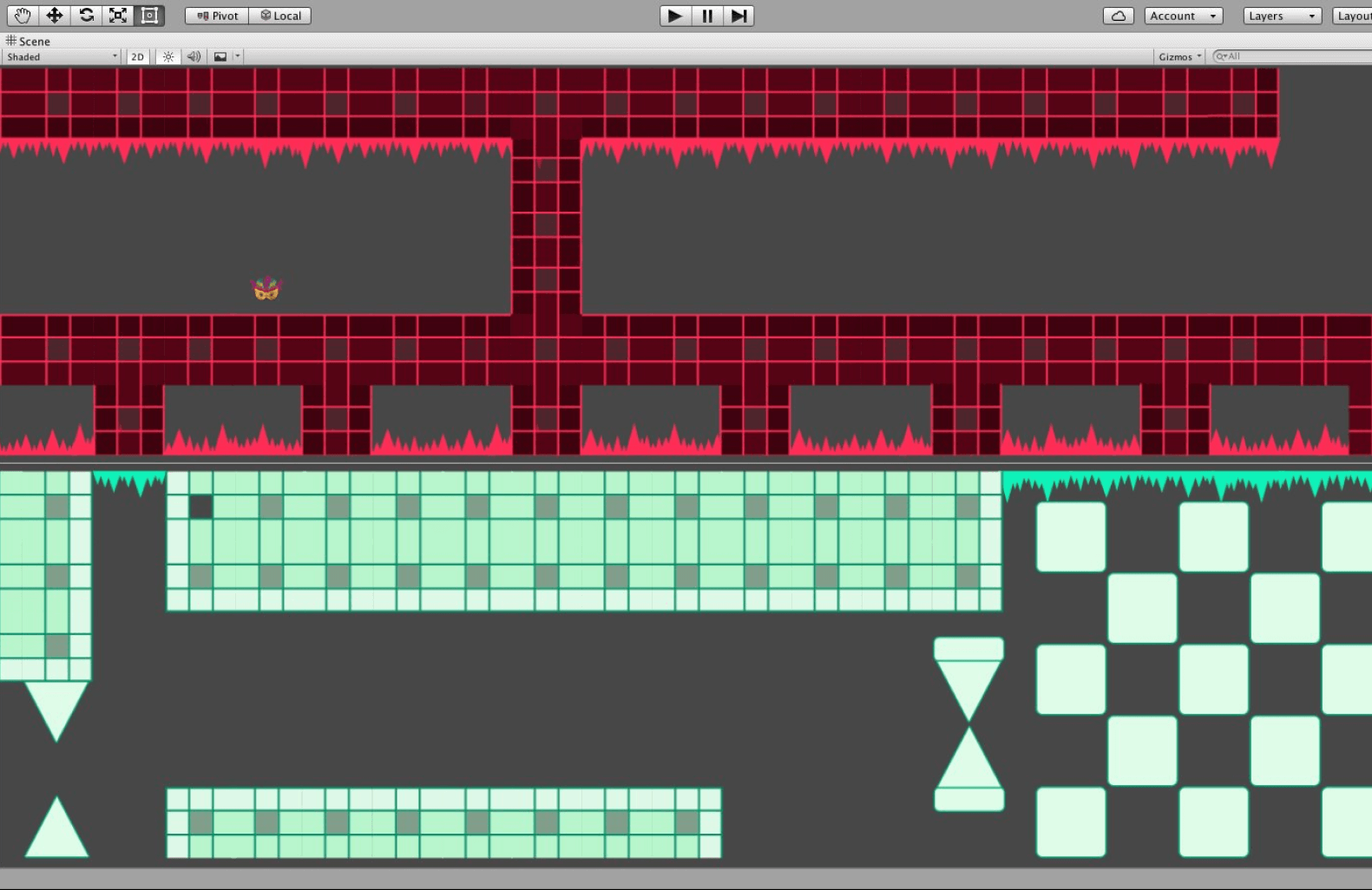
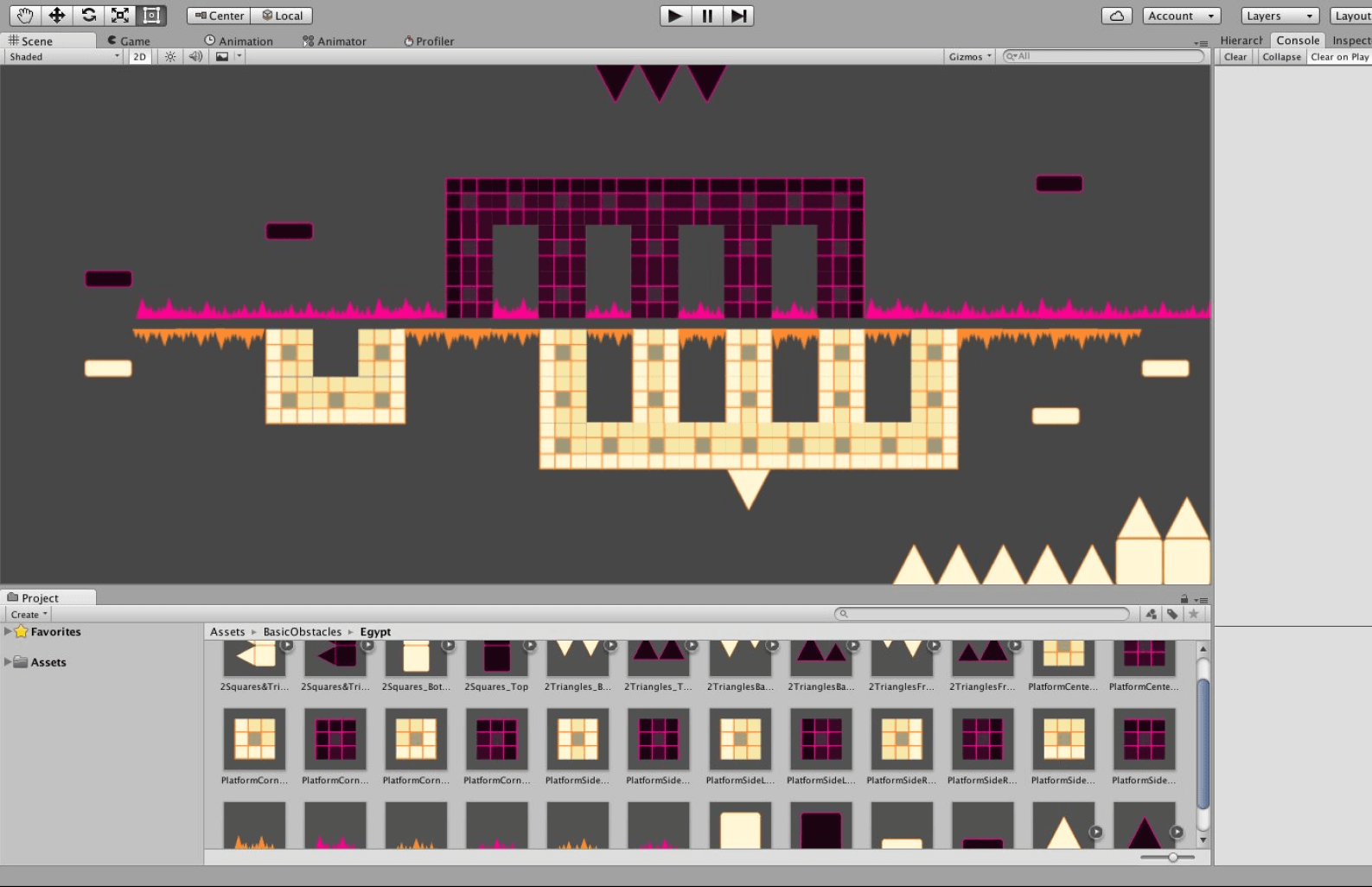
User interface
No game is quite ready for release until it has some well-designed, easy-to-use graphical user interface. At this point in my career I wasn’t very familiar with user-centered design (UCD), but I did play a fair bit of games and I took inspiration from my personal frustrations when interacting with those. I intended to design something that goes well with the art direction, but something which is very simple and intuitive.
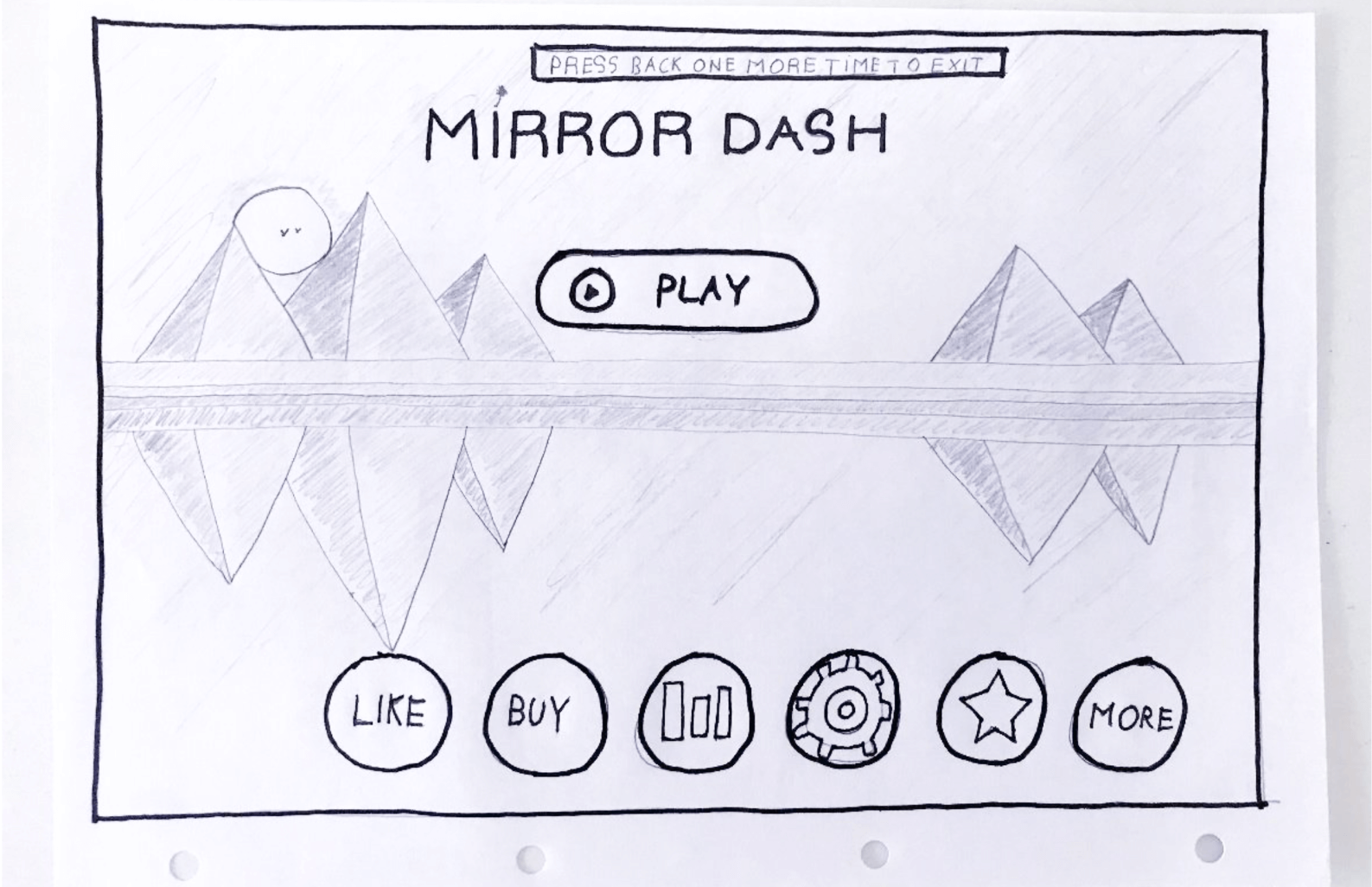
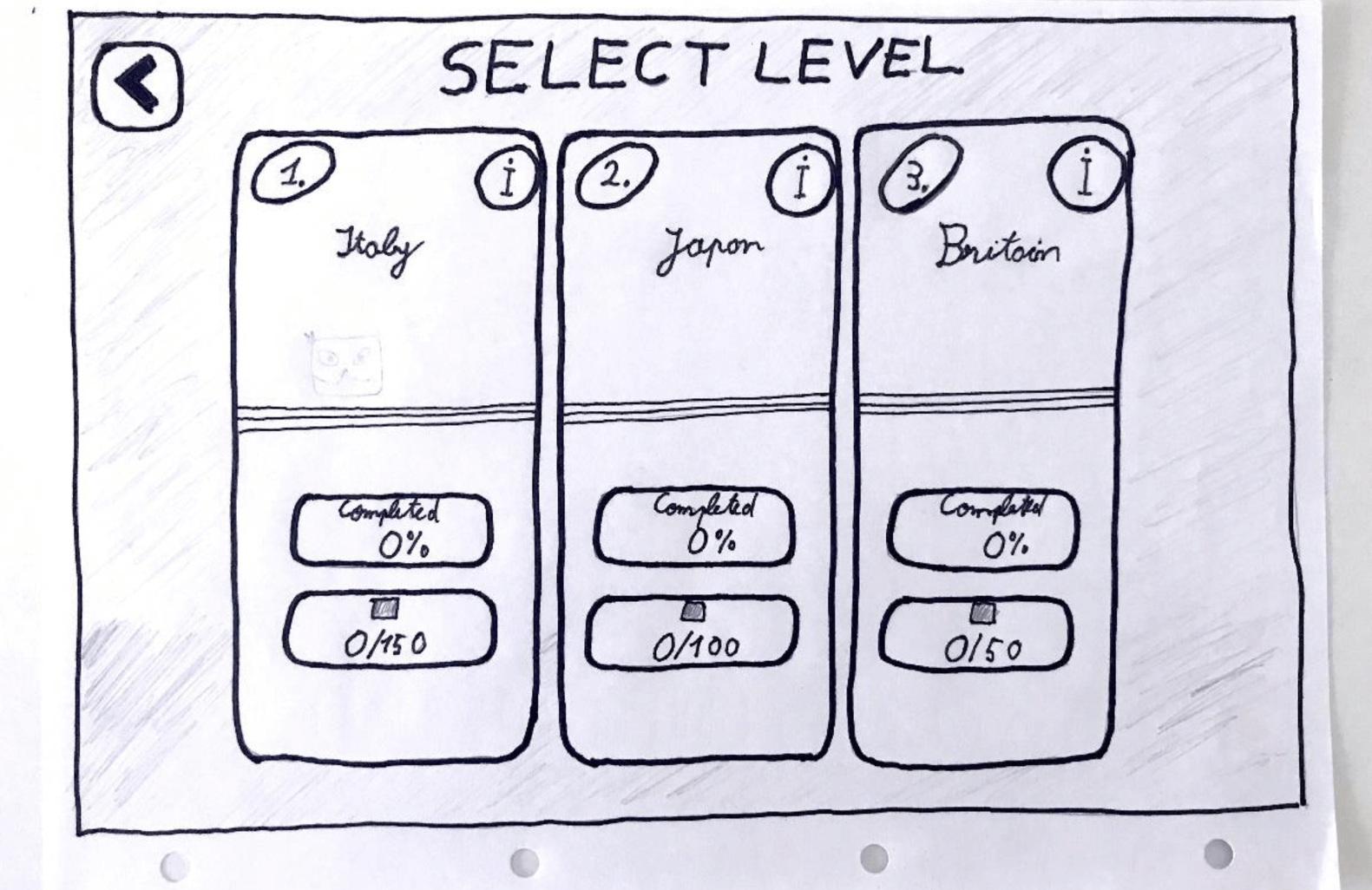
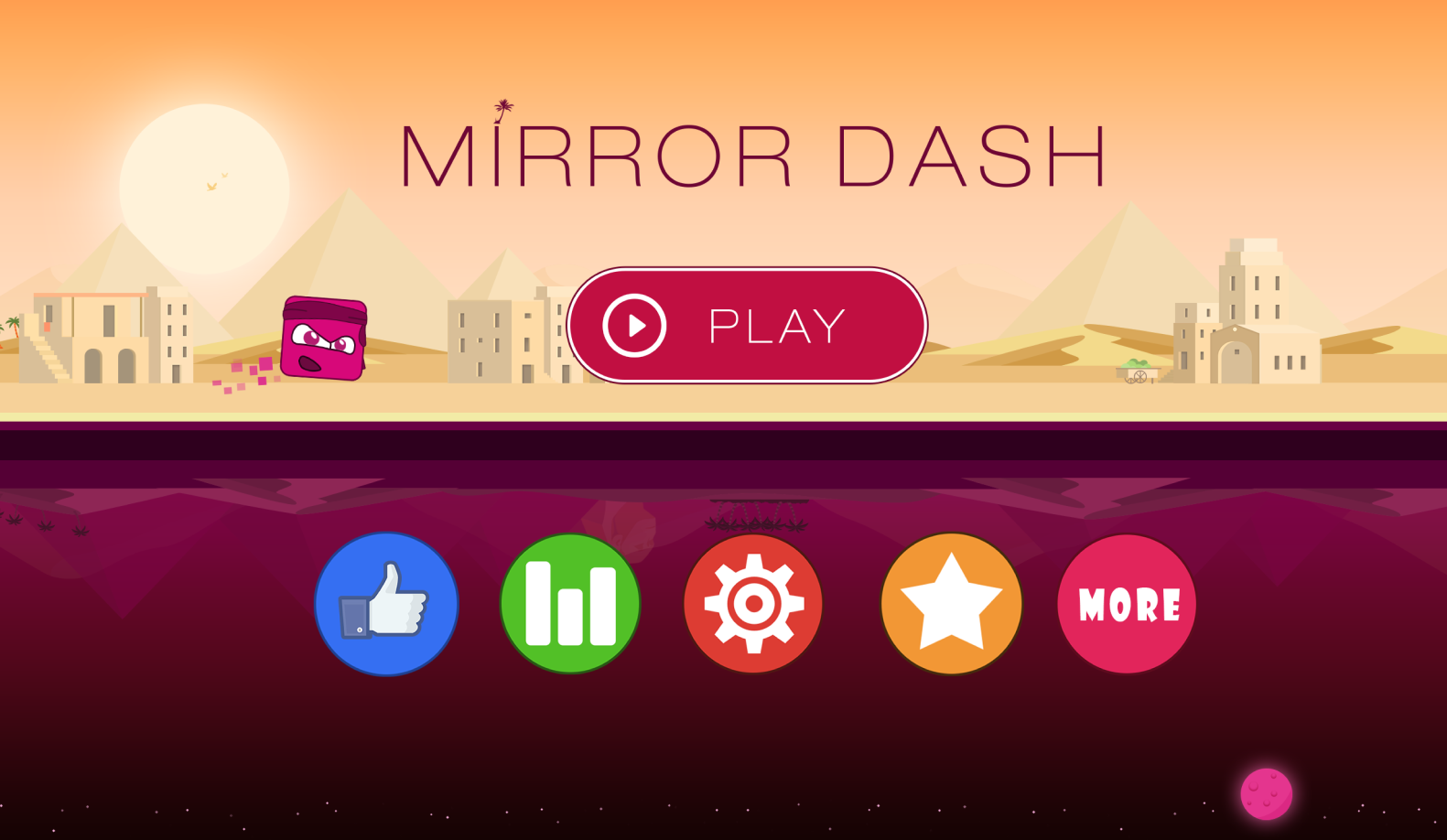
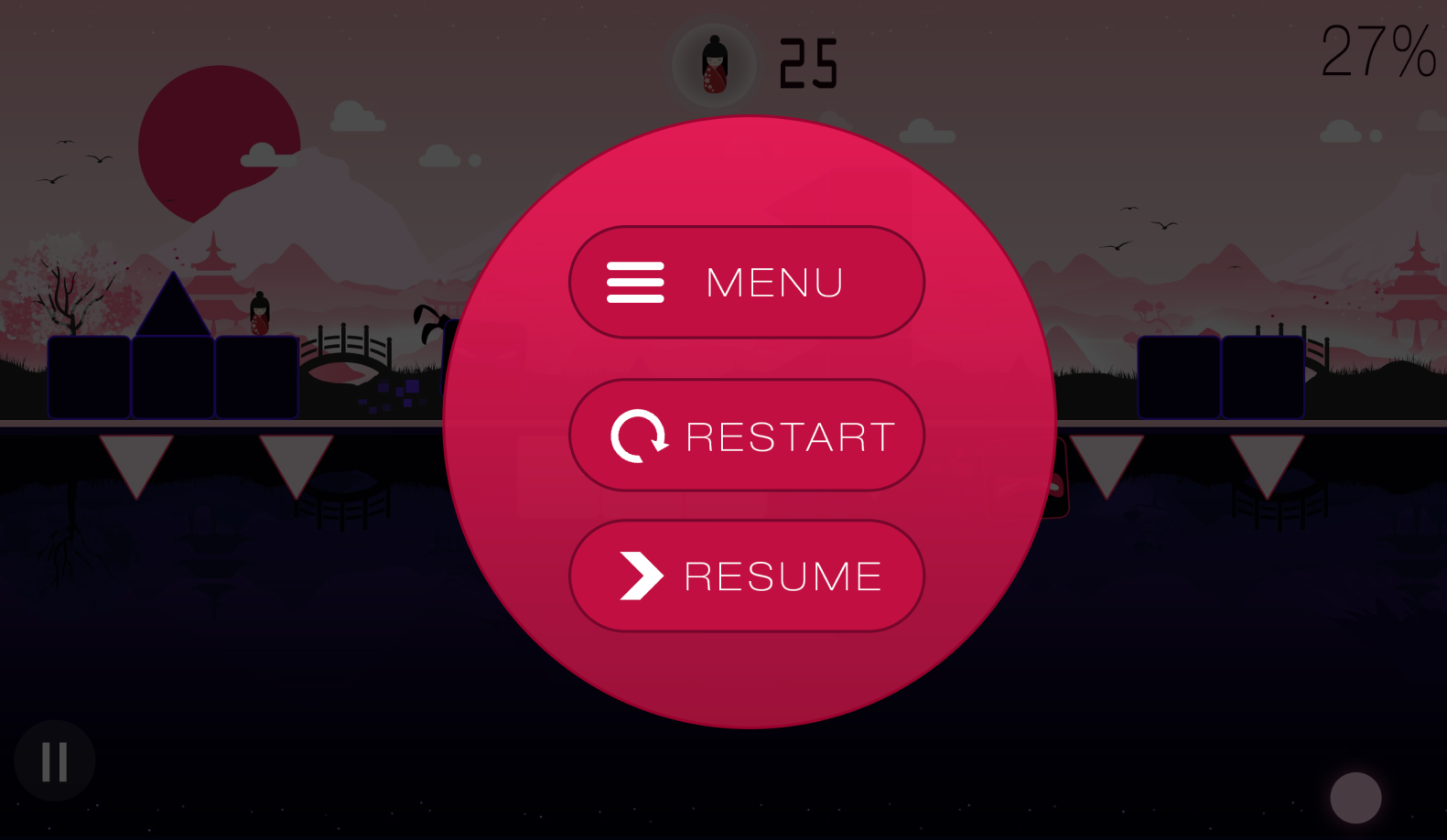
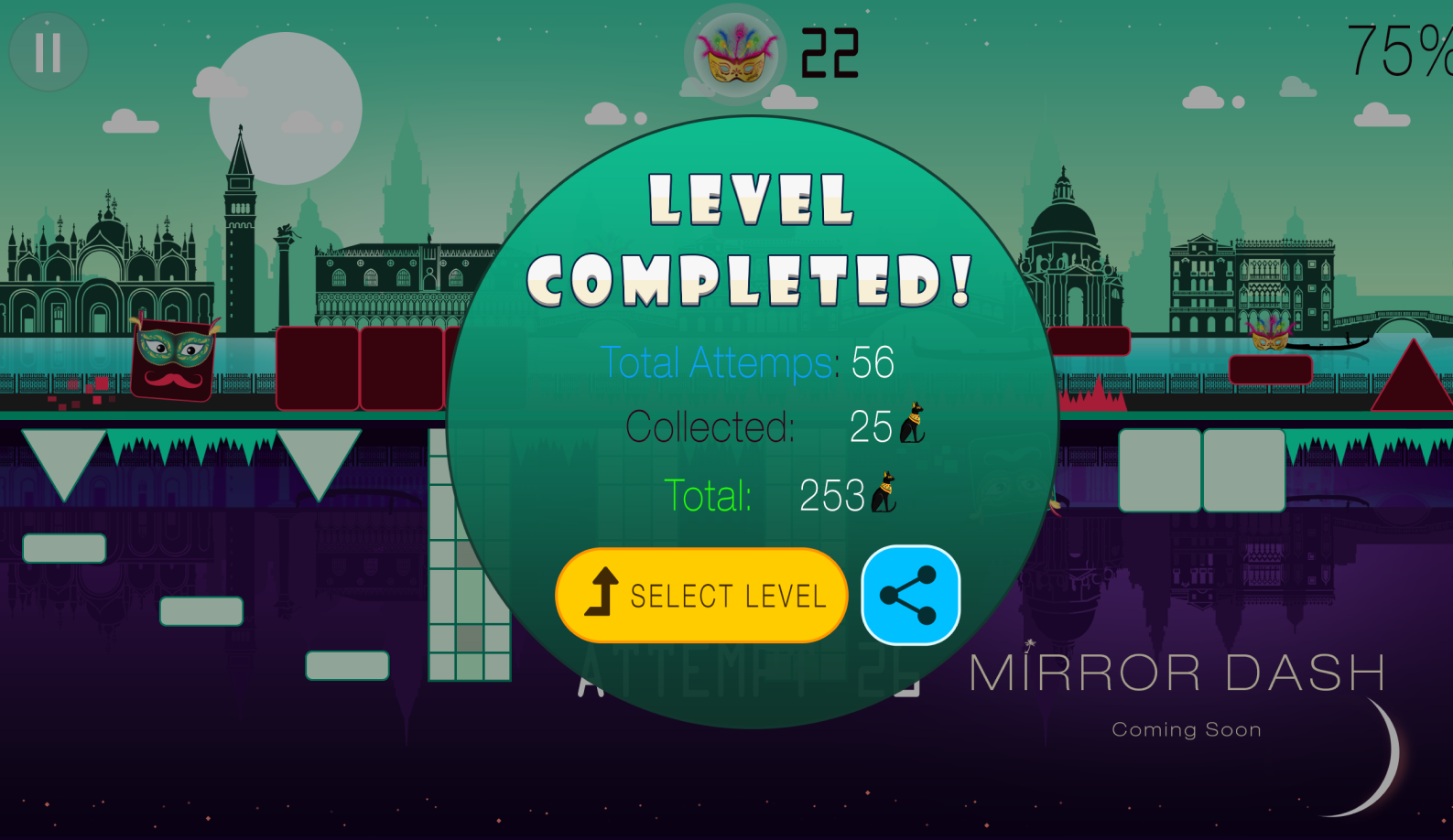
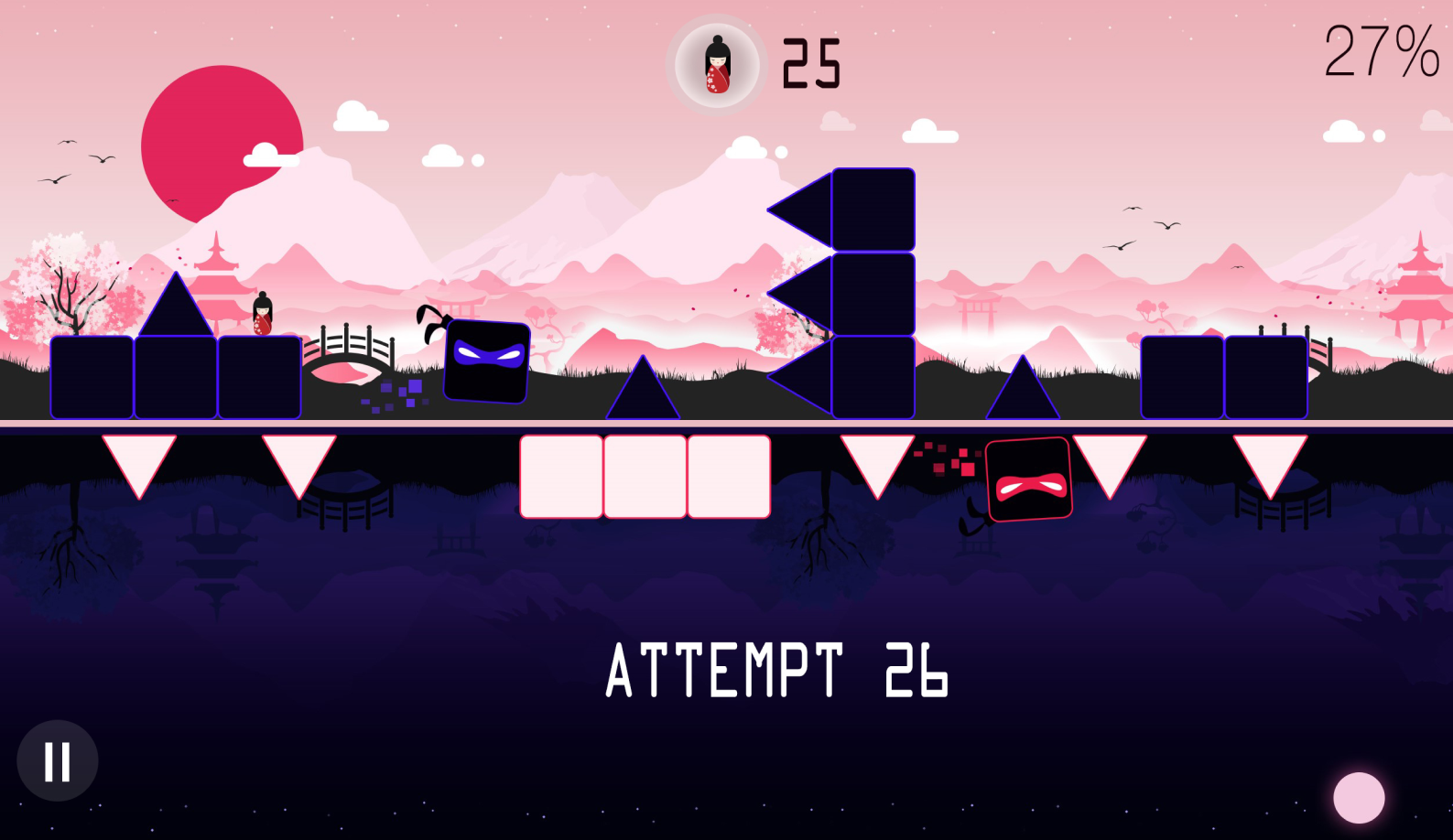
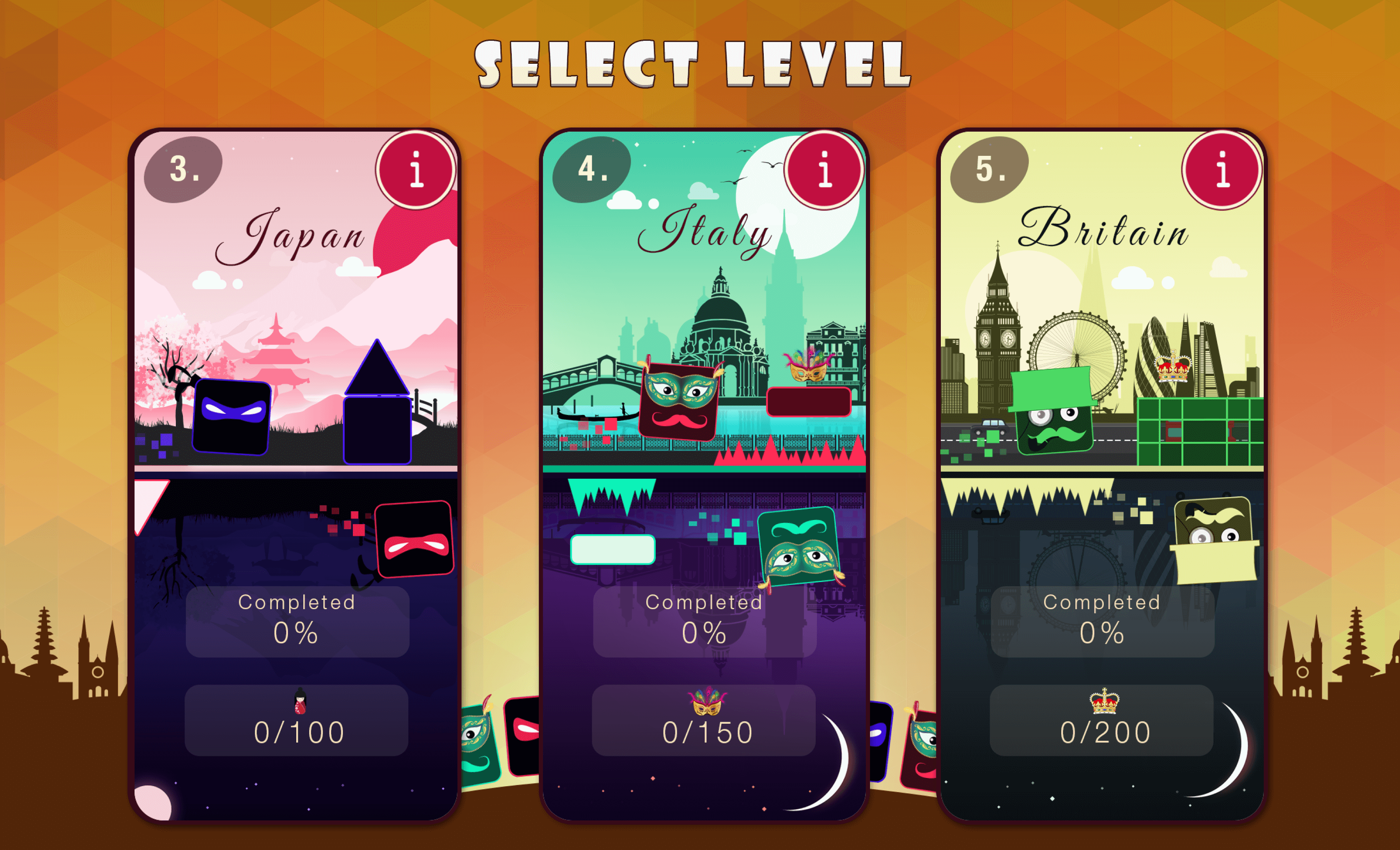
Launch
After many months of hard work, user testing at different indie dev conferences and perfecting every single detail possible, we were confident that we are ready to release the game. This was a really painful process especially for iOS due to many variables we haven’t accounted for like generating screenshots for multiple smartphones resolutions or the Unity build not being compatible with some of the Apple software.
We eventually fixed all these issues and published the game on the iOS, but we only did a soft-launch in some english speaking countries like Australia and New Zealand to discover problems early on before going world wide. After we tested everything, checked the analytics we were getting, patched up some bugs, we were ready for the big launch.
We hit the “Publish” button together and then waited to get any meaningful data. To our great surprise, in the next few hours we discovered that we were featured on the first page in the Arcade & Dice category on the App Store 🥳. Unfortunately, we quickly realised that being featured is only one part of the story and it doesn’t automatically mean you get millions of downloads. 😂
If you are curious and want to have a go, you can download the game from here. It’s iOS only at the moment. Sorry Android users, we are trying to fix it soon.
